Introduction
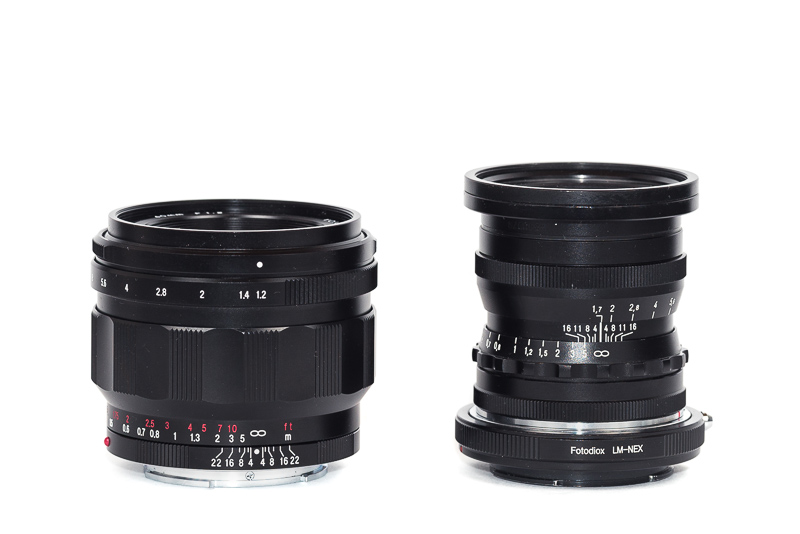
Many people are still looking for a small yet fast 35mm lens for their fullframe E-mount cameras (especially those who need AF). I have found what I am looking for in the Voigtlander 35mm 1.7 VM + 5m PCX filter, but many people don’t want to bother with this mod and prefer a native solution. So how does the modded 35mm compare to Voigtlander’s native 40mm 1.2 Nokton E?
Specifications
| Voigtlander 40mm 1.2 Nokton E | Voigtlander 35mm 1.7 Ultron VM + 5m PCX Optosigma + Fotodiox Adapter | |
| Diameter | 70mm | 58mm |
| Length | 59mm | 68mm |
| Filter Thread | 58mm | 52mm (with PCX setup) |
| Weight | 410g | 320g (with PCX setup and adapter) |
| Max. Magnification | 1:6.2 | 1:10,6 |
| Min. focus distance from sensor | 35cm | 50cm |
| Number of aperture blades | 10 (straight) | 10 (straight) |
| Elements/ Groups | 8/6 | 10/8 (incl. PCX filter) |
Voigtlander 40mm 1.2 Nokton E, 1099$ new: amazon.com | B&H | ebay.com | ebay.de (affiliate links)
Voigtlander 35mm 1.7 Ultron VM, 809$ new: amazon.com | B&H | ebay.com | ebay.de (affiliate links)
Build quality/Handling
Being from the same manufacturer there are many similarities, so I will mainly talk about the differences.
Many people don’t like the knurled focus ring of the 35mm, personally I doesn’t bother me at all, but it seems I am the only one. Resistance of the focus ring is higher on the 40mm, but the reason might simply be that it is a new lens which hasn’t been used much yet. Focus throw is similar on both.
The 35mm offers 1/2 stop click stops while the 40mm offers 1/3 stop click stops.
The 40mm features electronic contacts, so you will have full Exif readout and the camera will know which focal length to use for IBIS.
You can also declick the aperture for video usage.
Vignetting
| Voigtlander 40mm 1.2 Nokton E | Voigtlander 35mm 1.7 Ultron VM + 5m PCX Optosigma + Fotodiox Adapter | |
| f/1.2 | 3.2 EV | - |
| f/1.4 | 2.6 EV | - |
| f/1.7 | 2.1 EV | 3.1 EV |
| f/2.0 | 2.0 EV | 2.3 EV |
| f/2.8 | 1.7 EV | 2.0 EV |
| f/4.0 | 1.5 EV | 1.6 EV |
| f/5.6 | 1.4 EV | 1.6 EV |
| f/8.0 | 1.4 EV | 1.6 EV |
These values are for the extreme corners of the A7rII (on the A7s vignetting is about ~0.3 EV less). Both lenses show comparably strong vignetting, no wonder given the small size.
Stopped down to f/2.0 the differences are not field relevant, but the difference of 1.0 EV at f/1.7 is definetly visible.
Sharpness Infinity
Center
100% crops from center, A7rII
At f/1.2 the 40mm 1.2 is rather soft at infinity, even in the center. It reaches its peak performance at f/4.0.
The 35mm starts strong and reaches its peak performance between f/2.8 and f/4.0 (pay attention to the interference patterns on the silo). Stop down to f/5.6 or further and you already start to loose resolution due to diffraction on the 42mp sensor of the A7rII.
Midframe
100% crops from midframe, A7rII
Both lenses show a midzone dip, but while it is slight on the 35mm it is pretty obvious on the 40mm. The 40mm really needs stopping down to f/2.8 for usable midframe resolution at infinity and peak performance is reached between f/4.0 and f/5.6.
The 35mm is also a bit soft in the midframe but still usable for web resolution and small prints. Stopping down to f/2.8 improves the resolution a lot and peak performance is also reached between f/4.0 and f/5.6.
Corner
100% crops from corner, A7rII
The extreme corners of the 40mm never reach excellent figures. The lens exhibits focus shift and field curvature issues and if you focus for the center the corners will be sharper in a plane behind that. With my combination of lens and camera I am at the infinity hard stop from f/4.0 onwards for a sharp center, so I can’t focus at that differnt plane behind with maybe better corner performance.
Keep in mind though: one rarely has something important in the extreme corners and the performance, especially at f/5.6 and f/8.0, will be sufficient in most situations.
The 35mm with the PCX filter behaves quite differently: already at f/1.7 the corners are absolutely usable and not worse than the 40mm at f/5.6. Peak performance in the corners is reached between f/5.6 to f/8.0.
I cannot stretch enough what a remarkable performance the 35mm 1.7 Ultron + 5m PCX shows here. I have yet to find another 35mm lens which shows such a flat field at f/1.7 (hint: none of the native options so far).
Sharpness Close up
Center
100% crops from center, A7rII
To my knowledge both lenses do not feature a floating elements design so one should not expect record breaking performance here. Wide open the 40mm shows lots of glow. At shared apertures the performance is similar, but despite using the VM-E close focus adapter to get to 35cm the 35mm looks slighty clearer to me.
You can get better close up performance when using diopters, especially with the 40mm 1.2. David is already preparing a post discussing this.
Far midframe (12mm from center)
100% crops from midframe, A7rII
The midframe performance wide open is certainly not something to write home about with either lens. Both should be stopped down to f/4.0 to yield good resolution.
Coma
100% crops from corner, A7rII
At f/1.2 the coma correction of the 40mm looks rather bad, which was to be expected. Most very fast lenses struggle a lot here. But even at shared apertures the 35mm looks much better and despite not showing an excellent performance (best in this range would probably be the Sigma 35mm 1.4 Art) I have already used it for wide open milky way shooting.
Flare resistance
Stopped down (typical landscape usage) the lenses both perform on a high level. At wider apertures (f/1.2 to f/1.7) I encountered obstrusive ghosts with the 40mm, shading the lens with my hand helped quite a bit.
The 35 on the other hand can encounter a loss in contrast with strong stray light, see bokeh scene 4 (this might also be due to the PCX filter).
Bokeh
Scene 1
For these shots I have removed the vignetting in all shots and got closer with the 35mm to keep subject size in line.
Scene 2
Here camera position remained unchanged when switching for the 35mm.
Scene 3
I got closer with the 35mm and adjusted vignetting in the wide open shots.
Scene 4
I shielded the 40mm with my hand because of ghosts all over the frame. I did not do this with the 35mm and we see a loss of contrast because of stray light.
Scene 5
Here I also got closer with the 35mm to keep subject size in line.
Scene 6
In this comparison I added the Zhong Yi Mitakon 50mm 0.95 Speedmaster.
Scene 7
In this comparison I added the Zhong Yi Mitakon 50mm 0.95 Speedmaster.
Scene 8
In the set before I noticed the highlights in the backgorund of the 50mm 0.95 take on a not so nice shape with some “bokeh spill” at these distances, stopping down to f/1.2 solves this issue.
The shots from this comparison can be found in full resolution in this album.
Chromatic aberrations
lateral CA
Both lenses only have minor lateral CA which are easily corrected in post (or in camera for Jpegs).
longitudinal CA
close up
50% crops from center, A7rII
As we have already seen the sharpness of the 40mm at minimum focus distance isn’t that great.
The correction of loCA looks pretty similar to me at shared apertures in this comparison.
Strong backlight
100% crops from center, A7rII
Wide open the 40mm shows quite a lot of color fringing. At shared apertures in the center they behave quite similar, but if you examine the full res samples you will see that the 35mm looks better in the midframe and towards the corners.
The shots from this comparison can be found in full resolution in this album.
Conclusion
If I was a lens manufcaturer I would be embarassed how great a performer the 35mm 1.7 for M-mount in combination with a 5m PCX filter is. This modded lens has a flatter field than either of the 3 native 35mm 1.4 lenses stopped down to f/1.7 and probably also better flare resistance.
But back to the comparison at hand:
For landscape and architecture use I prefer the 35mm 1.7. The extreme corners of the 40mm never reach the same level of detail. Of course for many subjects the extreme corners are not overly important, so you might want to compromise here.
For environmental portraits the decision is not that easy. The 40mm is obviously capable of producing more blur and while it is comparably smooth (unlike the 35mm 1.4 Nokton E Classic) the aspherical lens elements can lead to rather obvious onion ring structures in light circles you won’t find with the 35mm 1.7.
I shoot a lot of portraits in cities with such backgrounds so it matters to me, but maybe it doesn’t matter to you.
The difference in focal length is bigger than it looks on paper (some people claim the 40mm to actually be more like a 43mm) so if you want a 35mm the 40mm might not be the ideal choice.
Personally I considered replacing my VM 35mm 1.7 + 5m PCX with this lens to have full exif readout and not having to fiddle with the IBIS focal length setting.
But after having used both side by side I will stick to the VM 35mm 1.7 + 5m PCX.
Voigtlander 40mm 1.2 Nokton E, 1099$ new: amazon.com | B&H | ebay.com | ebay.de (affiliate links)
Voigtlander 35mm 1.7 Ultron VM, 809$ new: amazon.com | B&H | ebay.com | ebay.de (affiliate links)
Other Articles
- Our honest guide to FE lenses
- Overview: Lens Reviews
- User-Guide to wide-angle lenses for Sony a7 a7II a7rII
Support Us
Did you find this article useful or just liked reading it? Treat us to a coffee!
![]()
![]()
![]() via Paypal
via Paypal
This site contains affiliate links. If you make a purchase using any of the links marked as affiliate links, I may receive a small commission at no additional cost to you. This helps support the creation of future content.
Latest posts by BastianK (see all)
- Review: Thypoch 21mm 1.4 Simera - July 12, 2025
- Review: SLRmagic 50mm 0.95 Hyperprime LM - July 5, 2025
- Full Resolution Pictures getting fixed - July 4, 2025
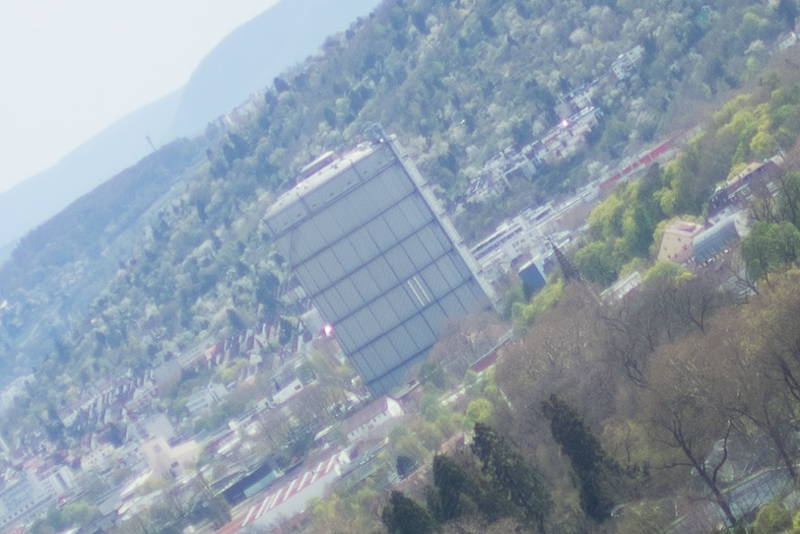
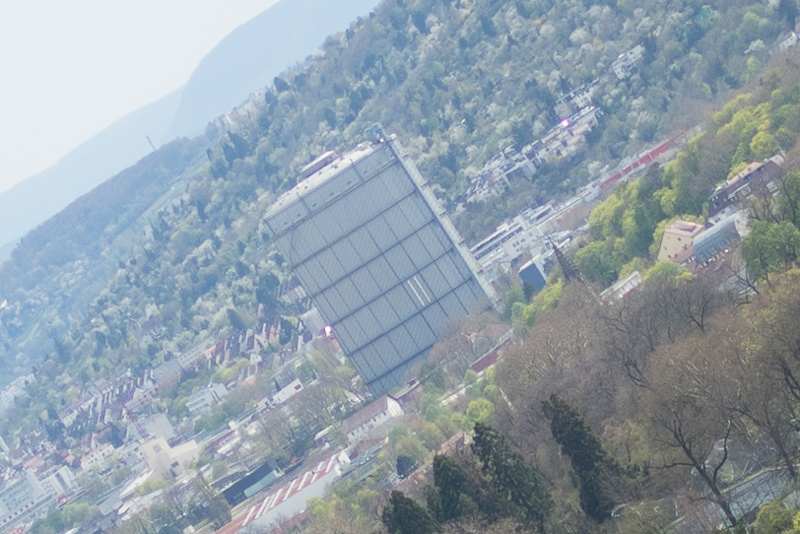
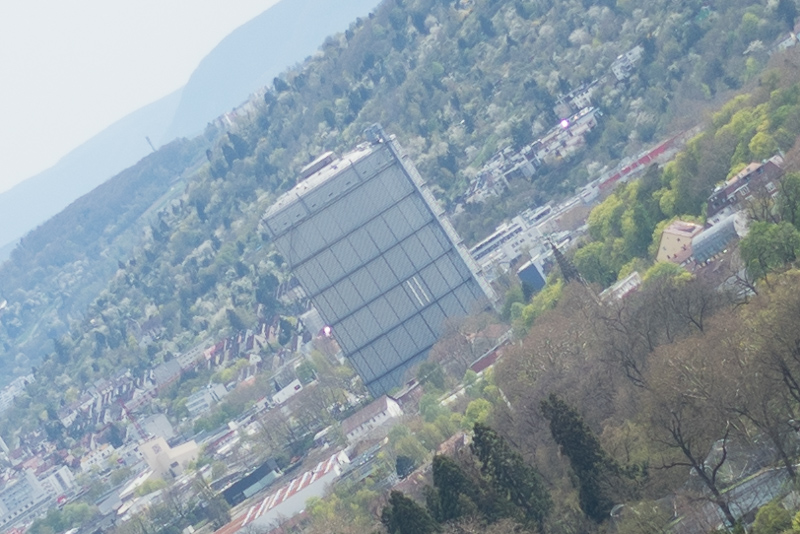

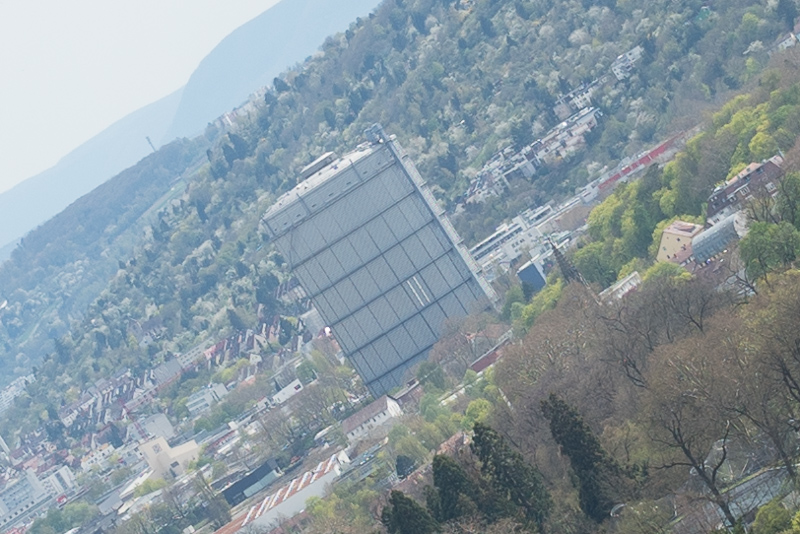
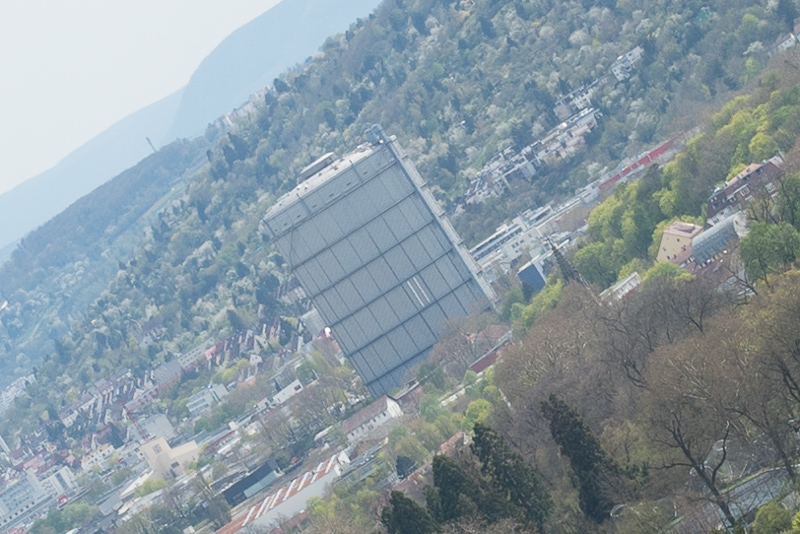
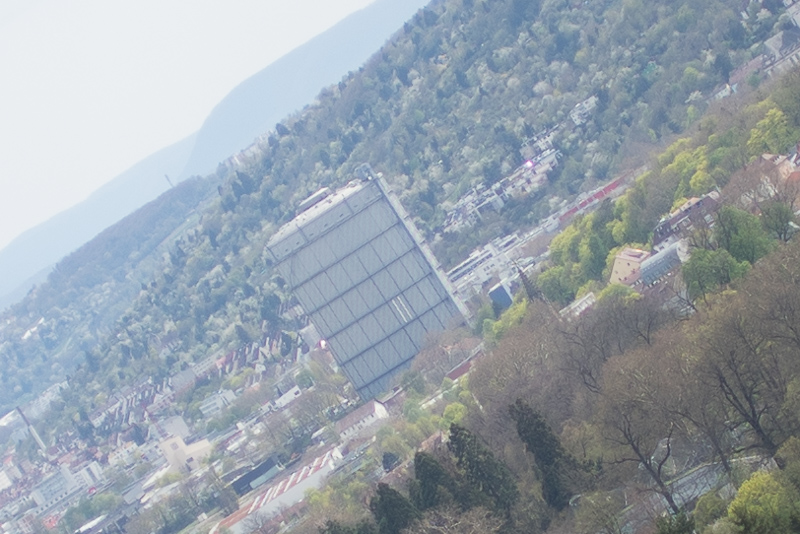
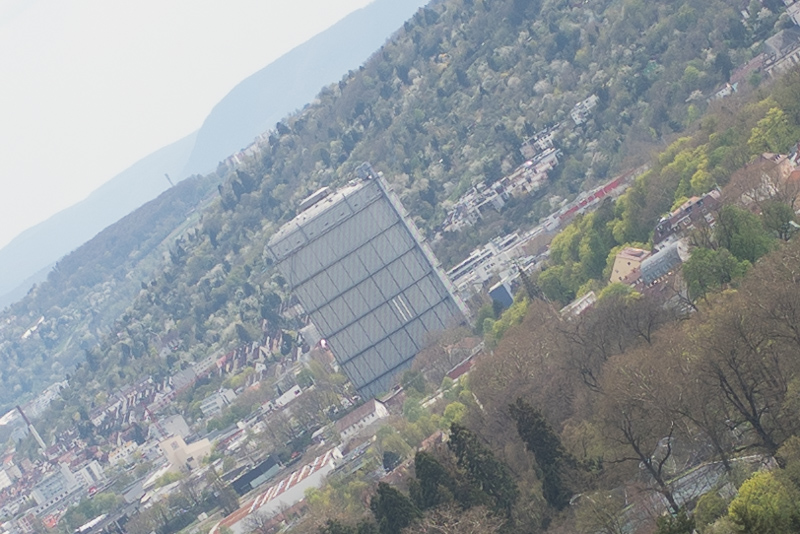
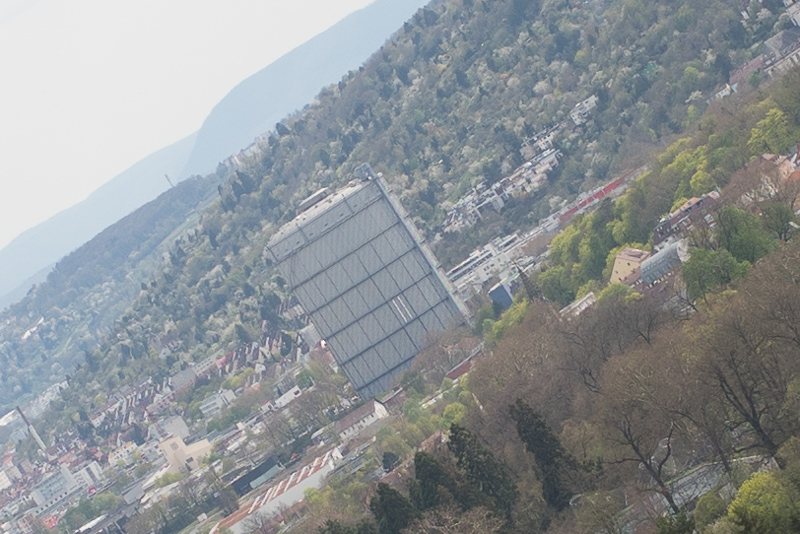
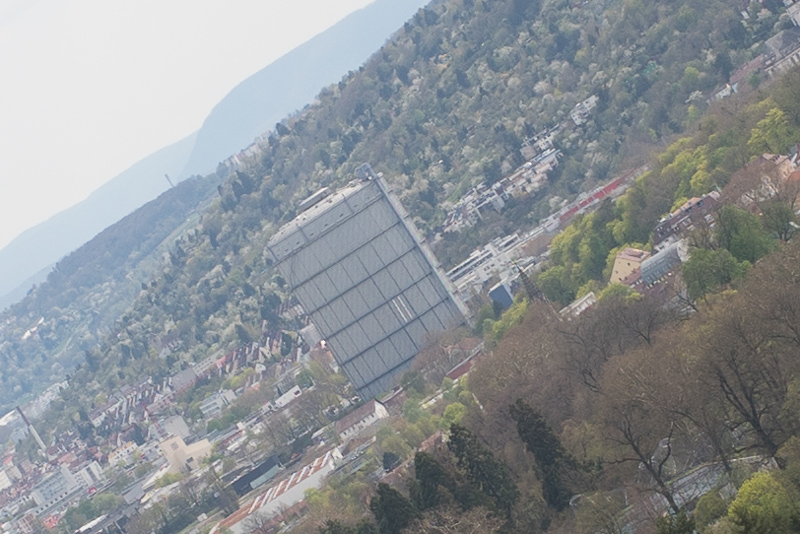
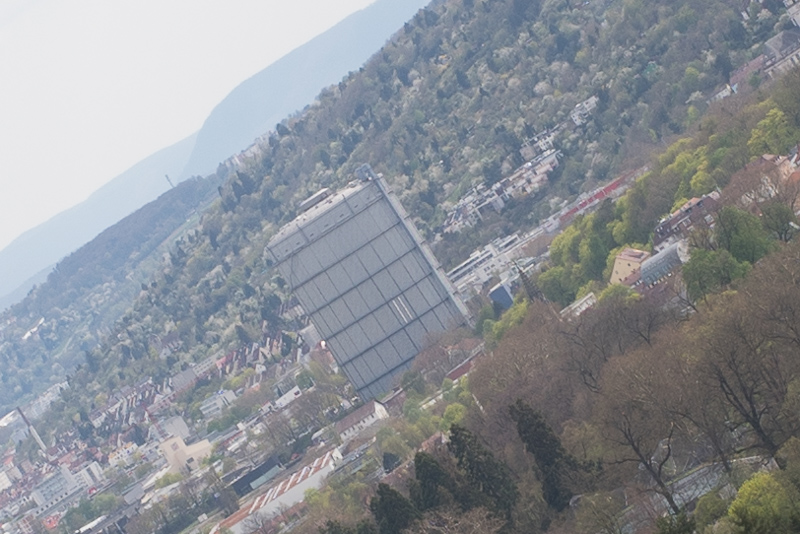
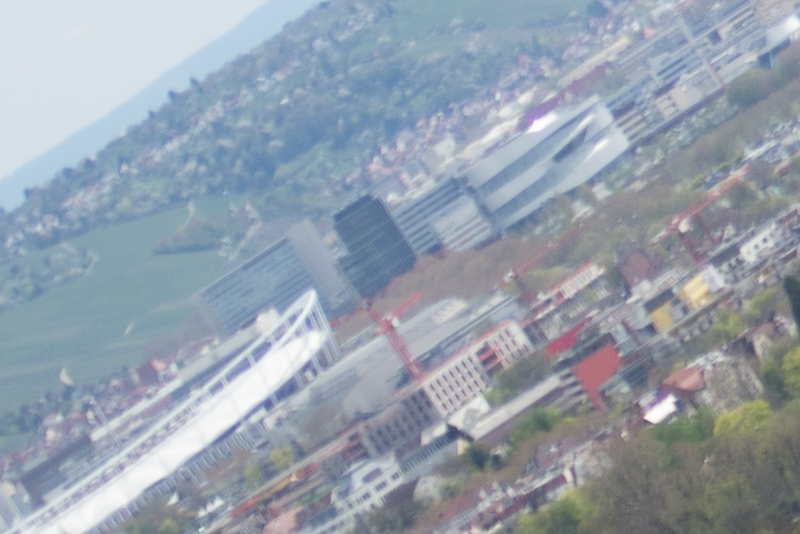
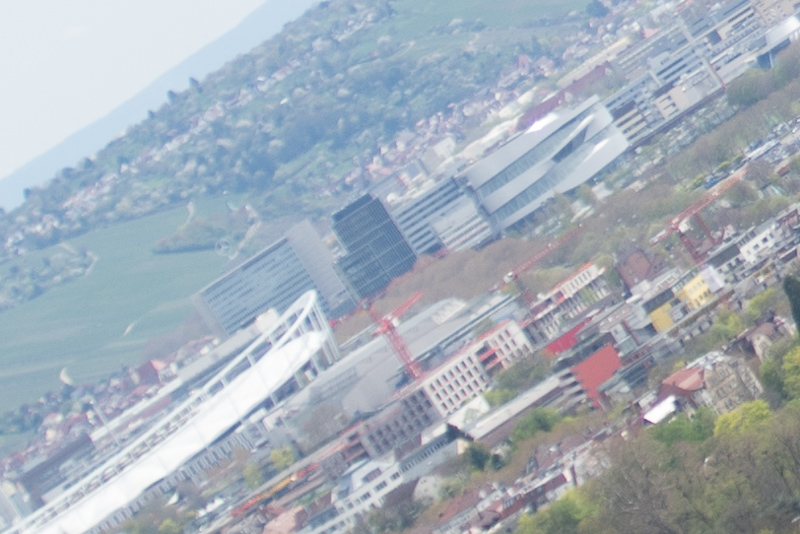
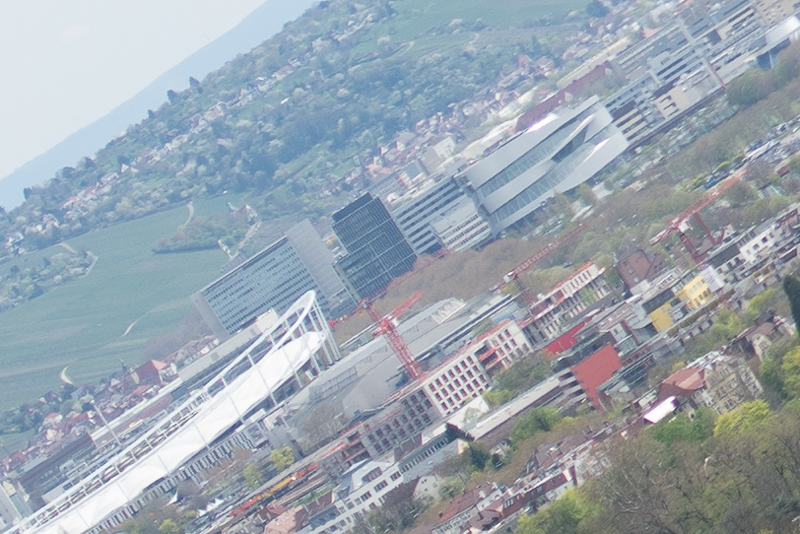
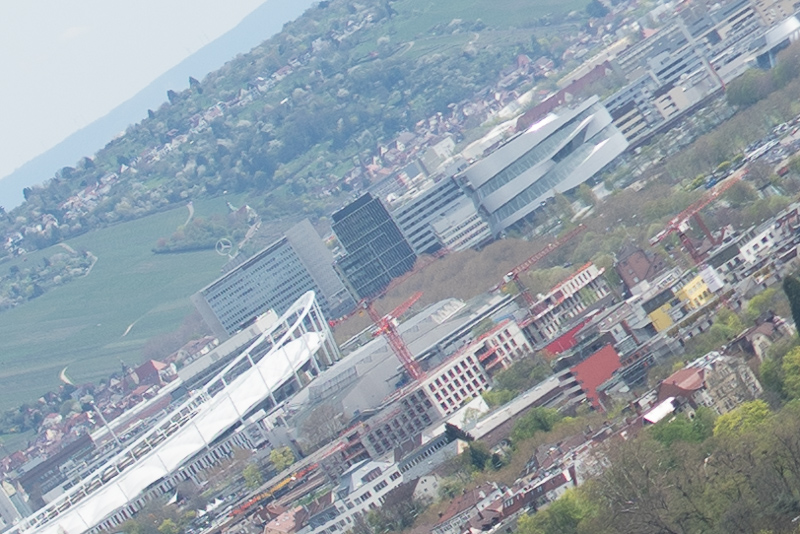

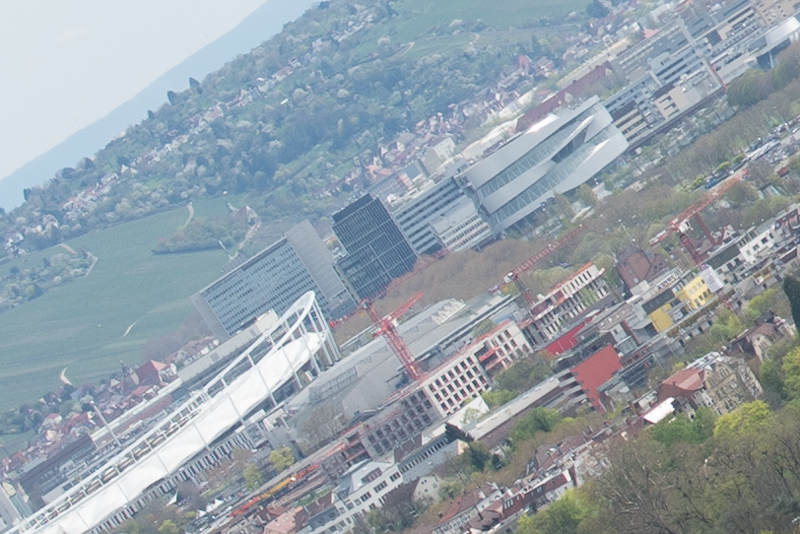
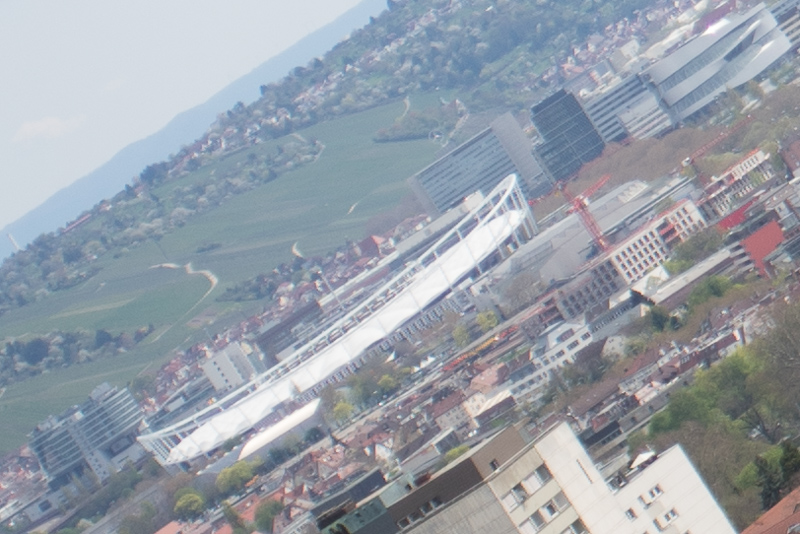
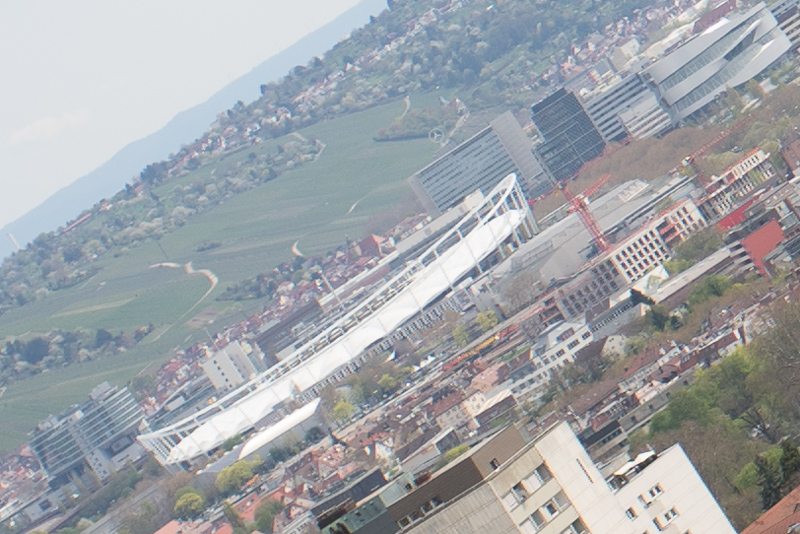
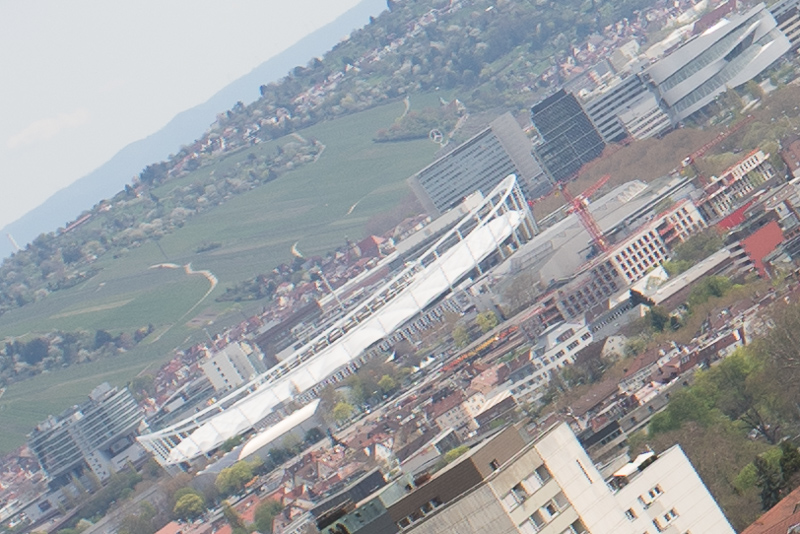

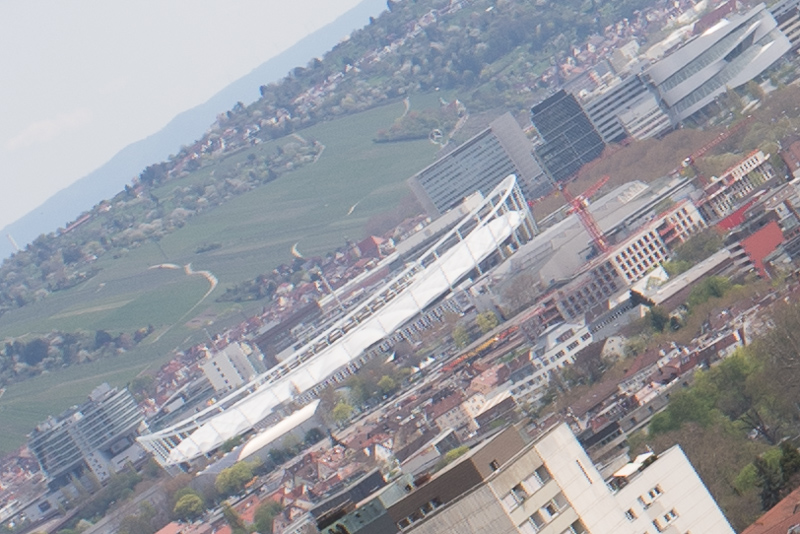
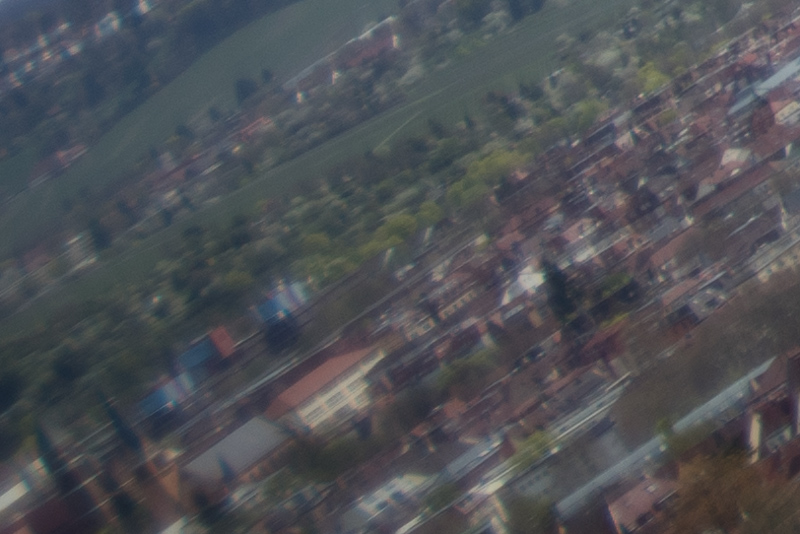
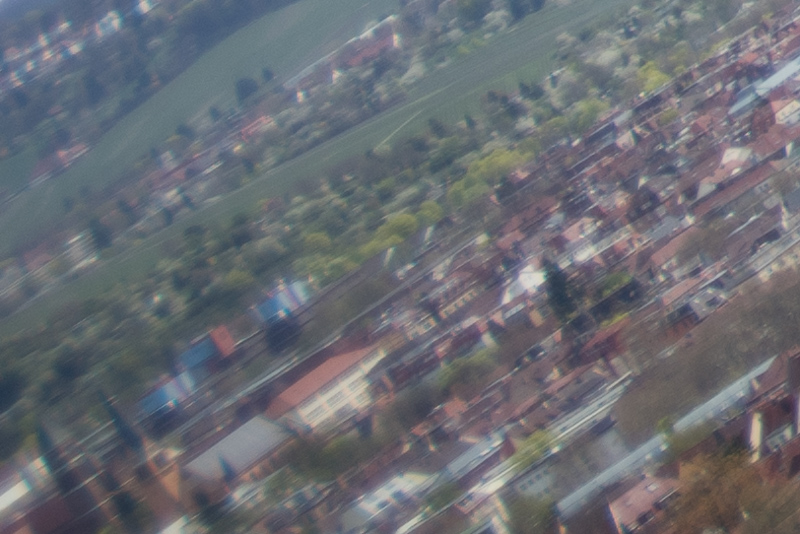


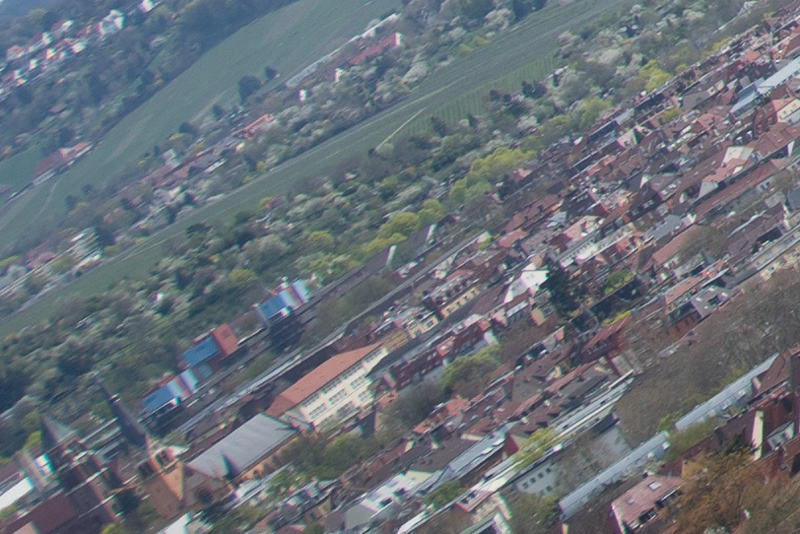
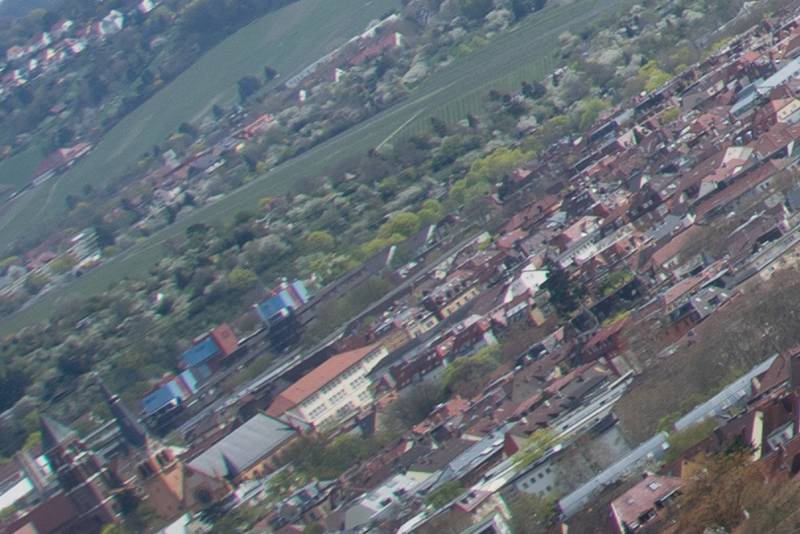
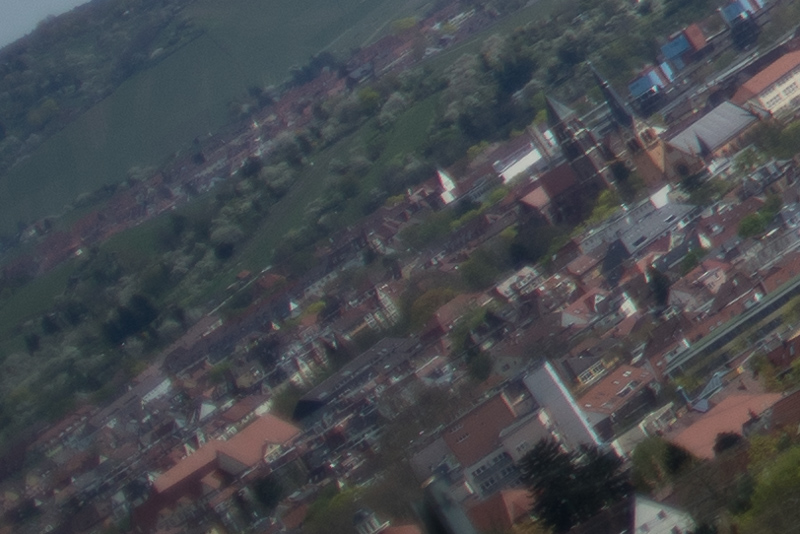
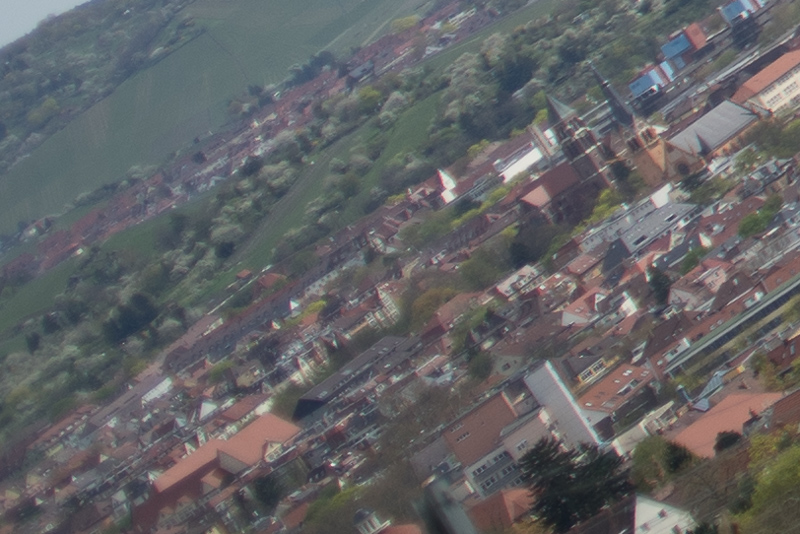
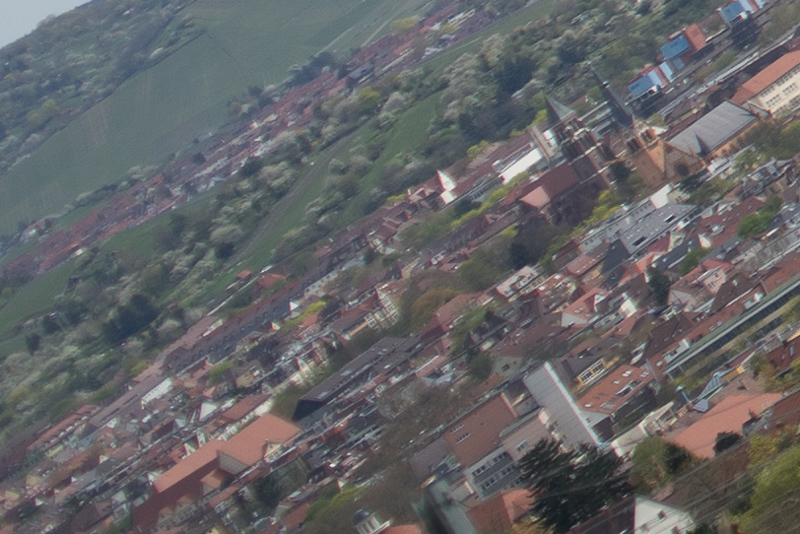
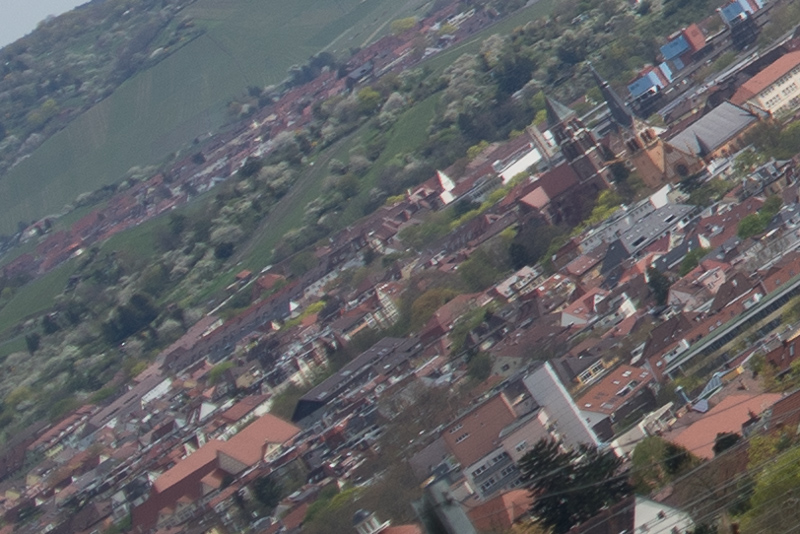
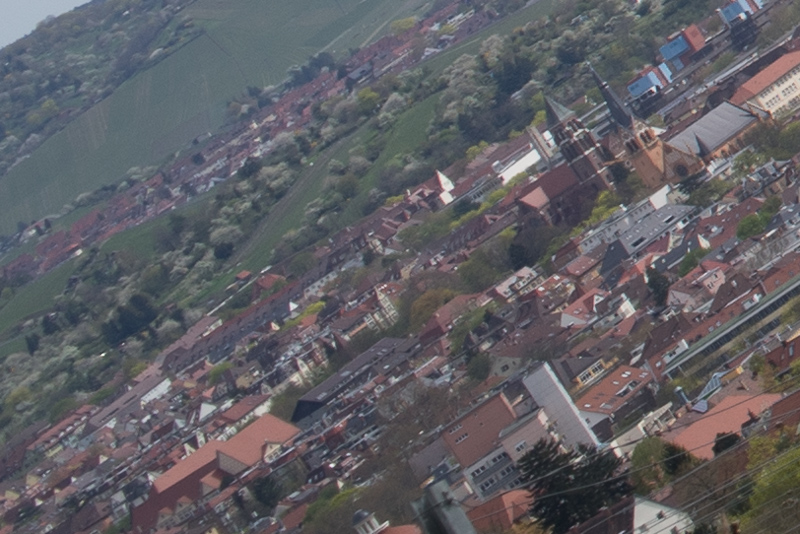

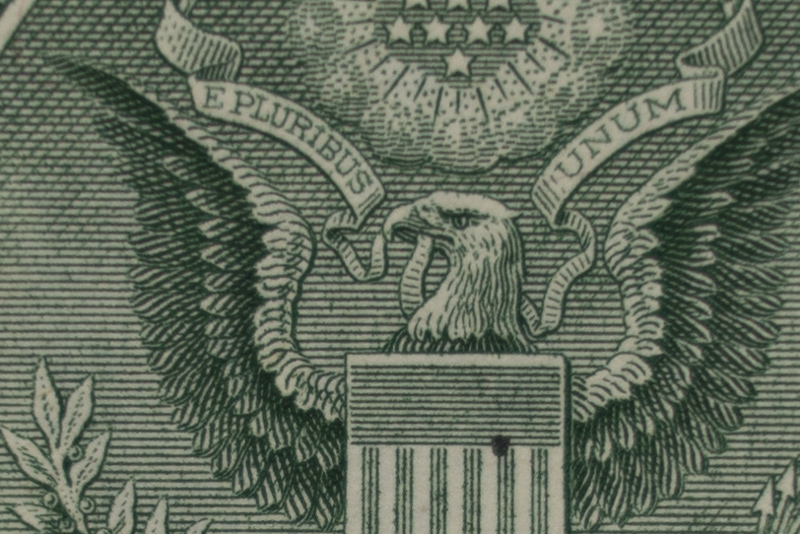


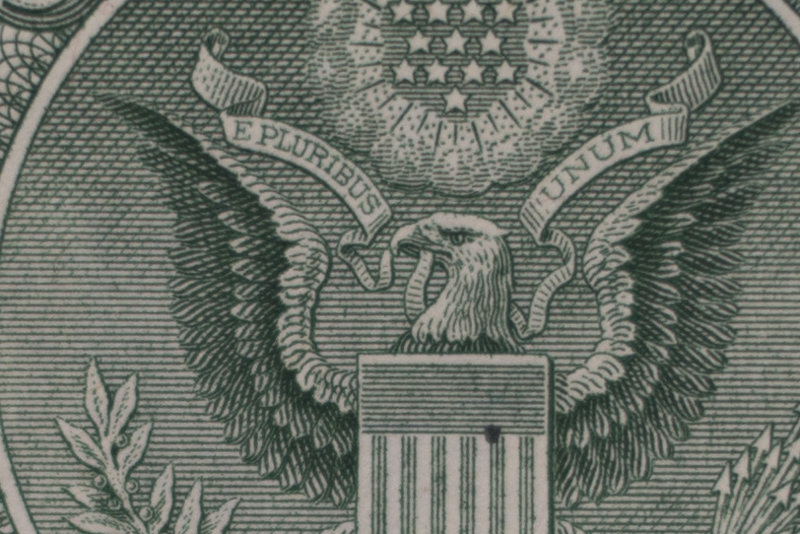
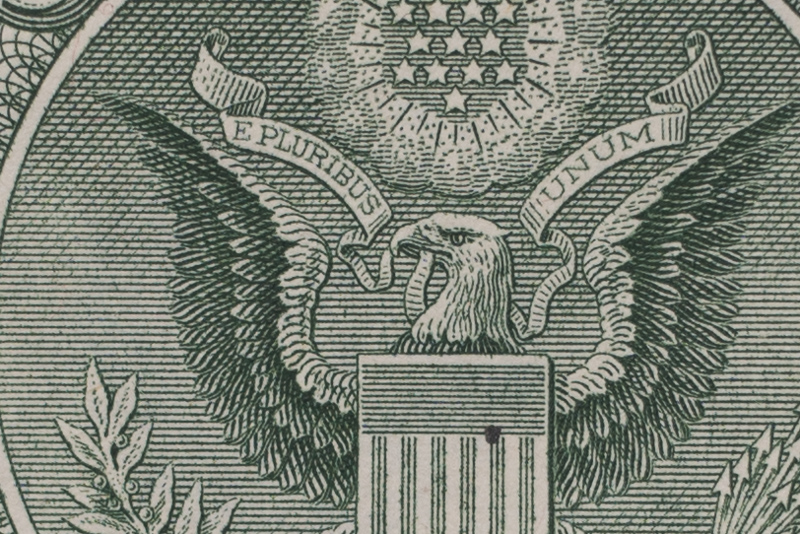
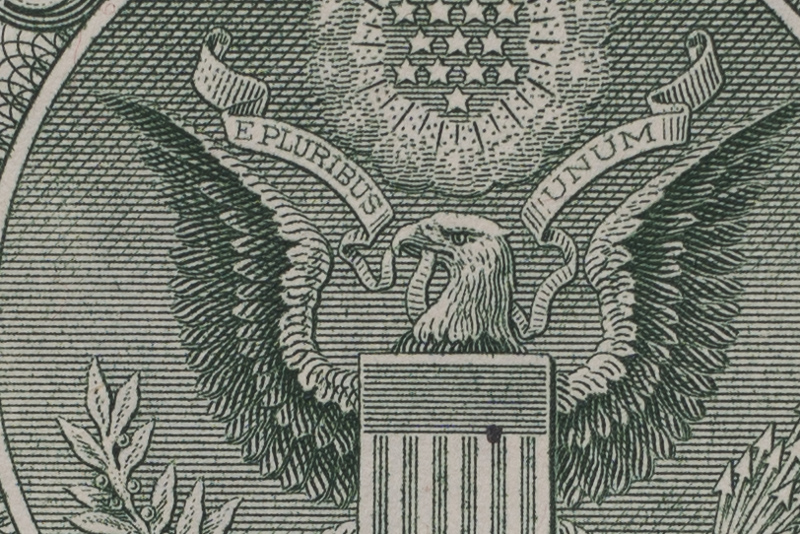
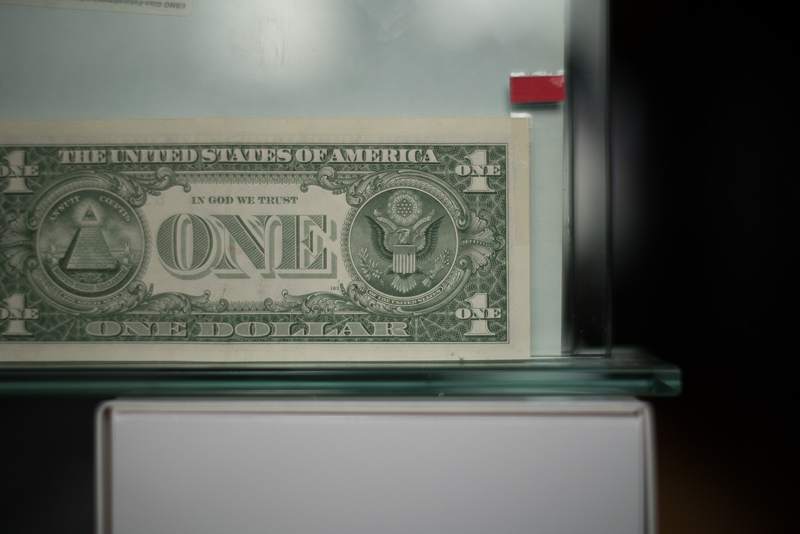
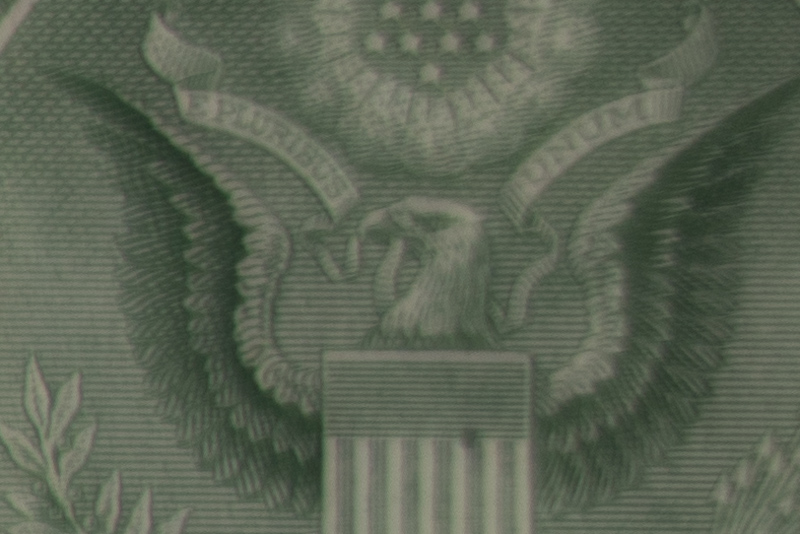

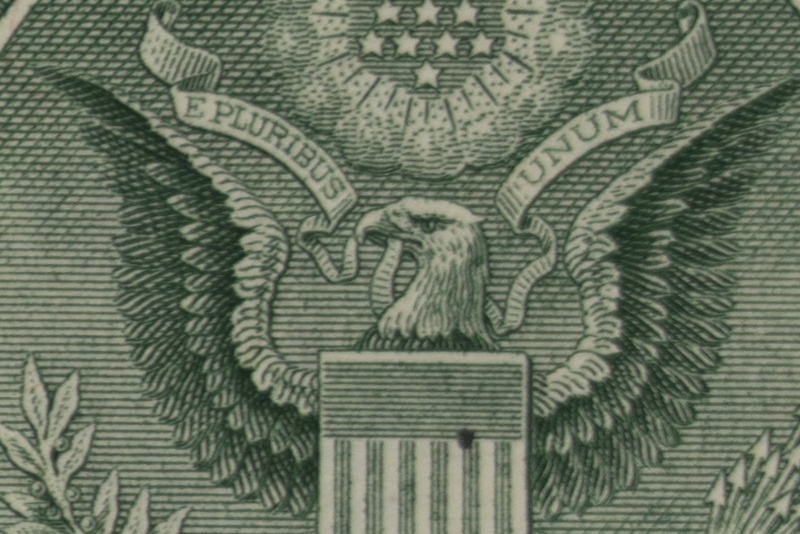
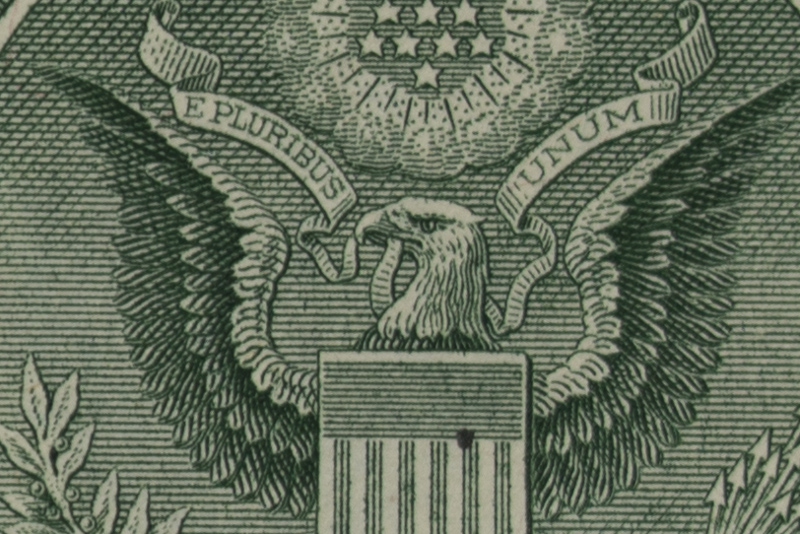
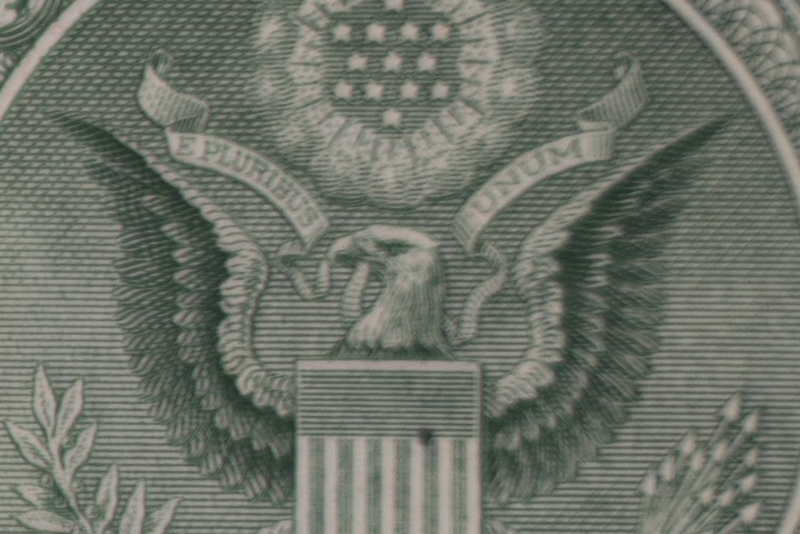
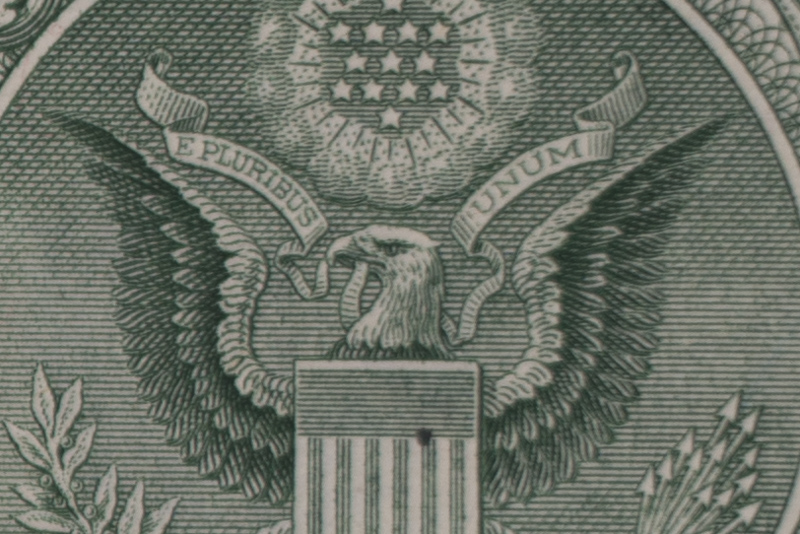
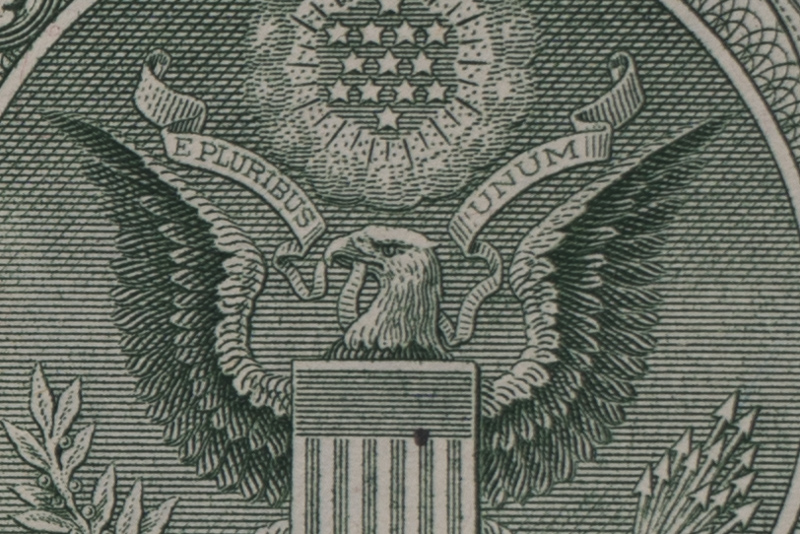
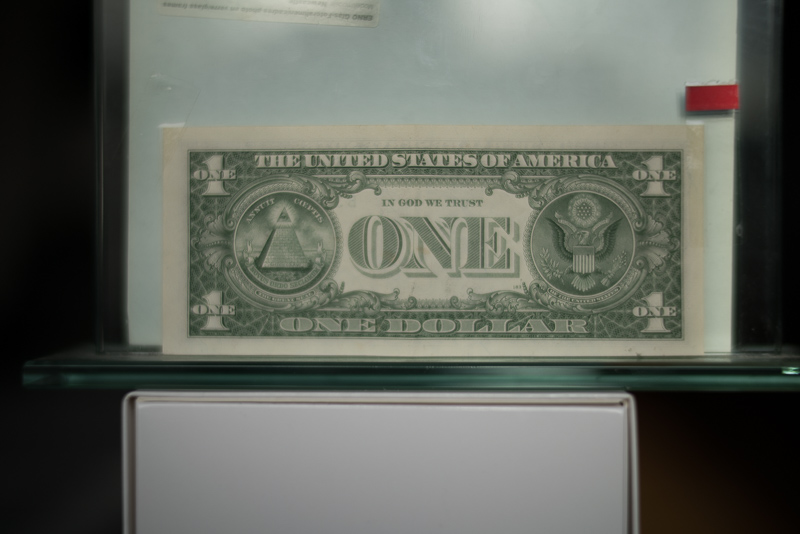
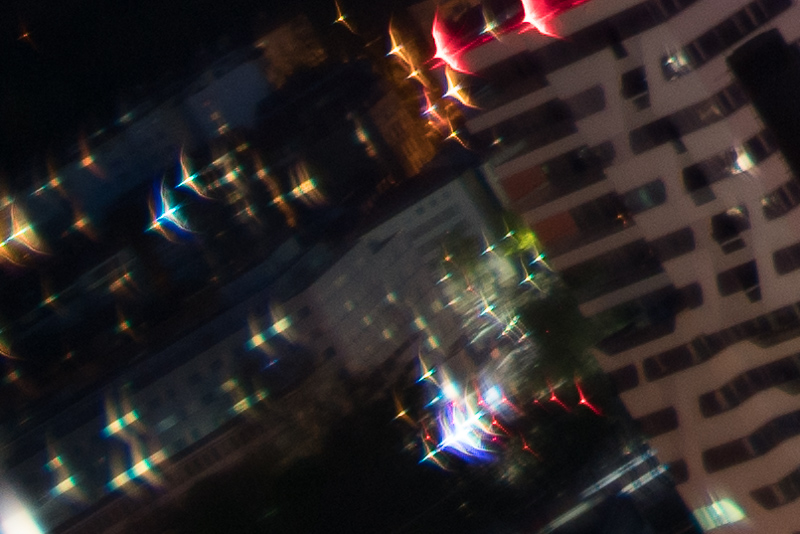
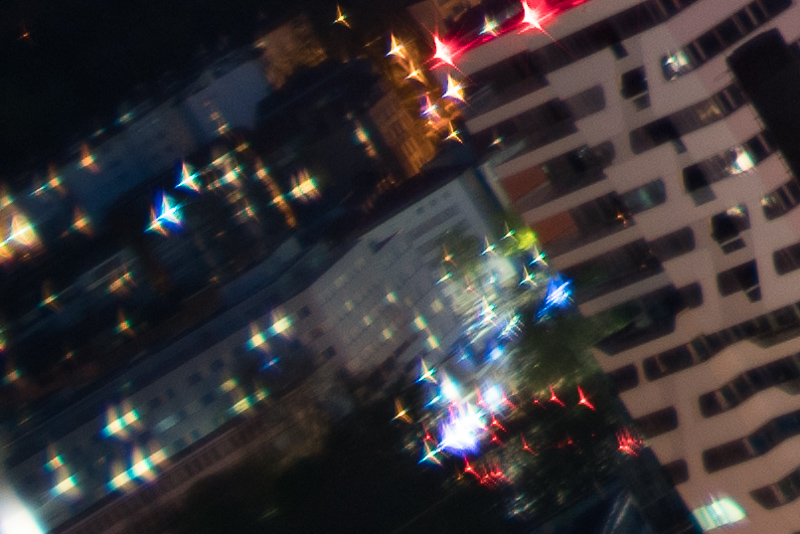
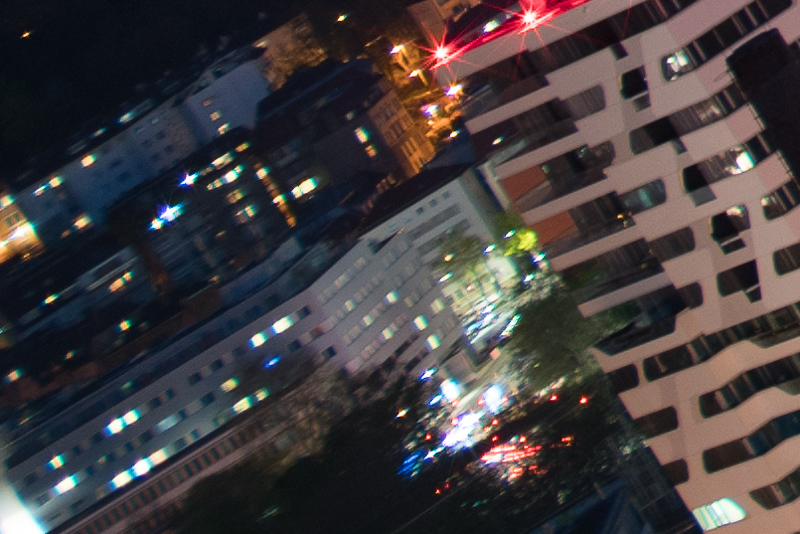
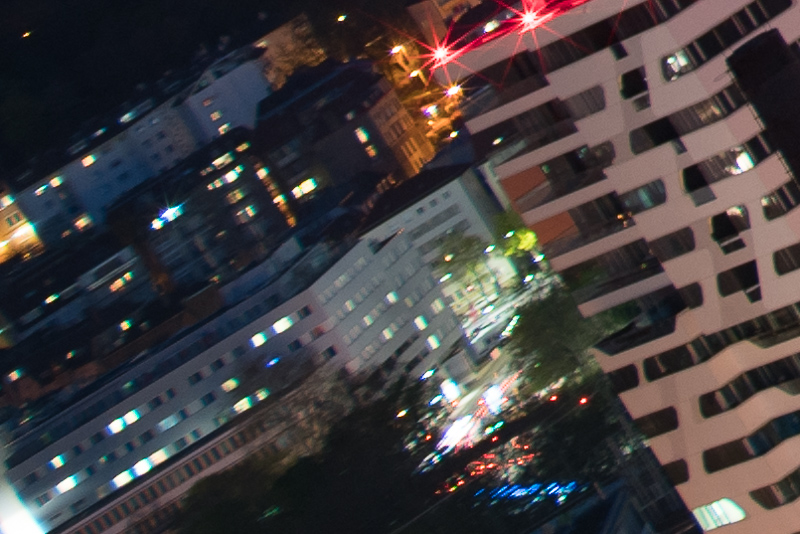
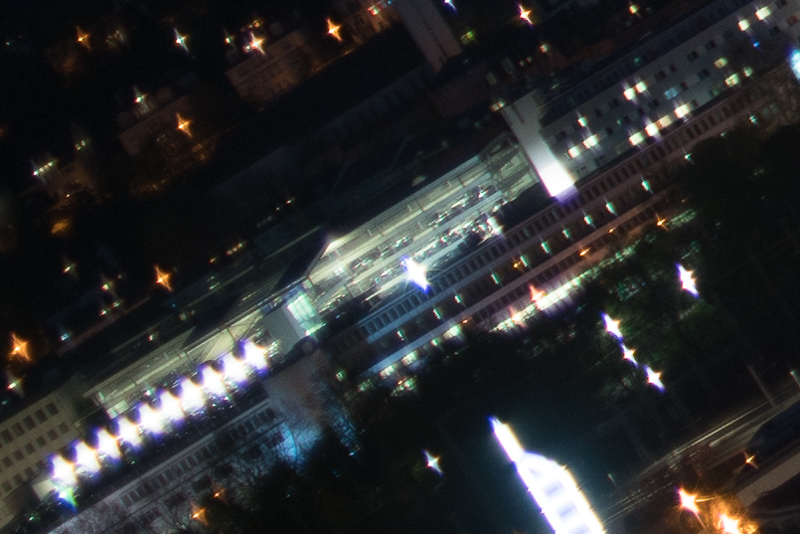
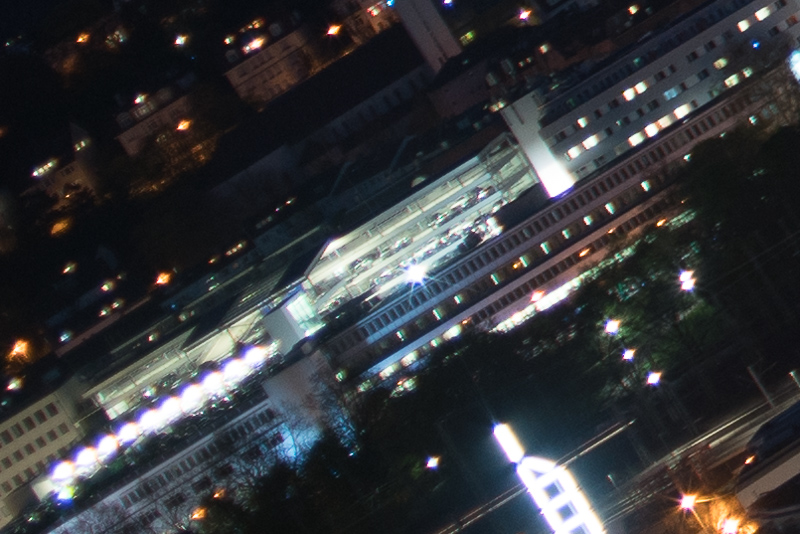
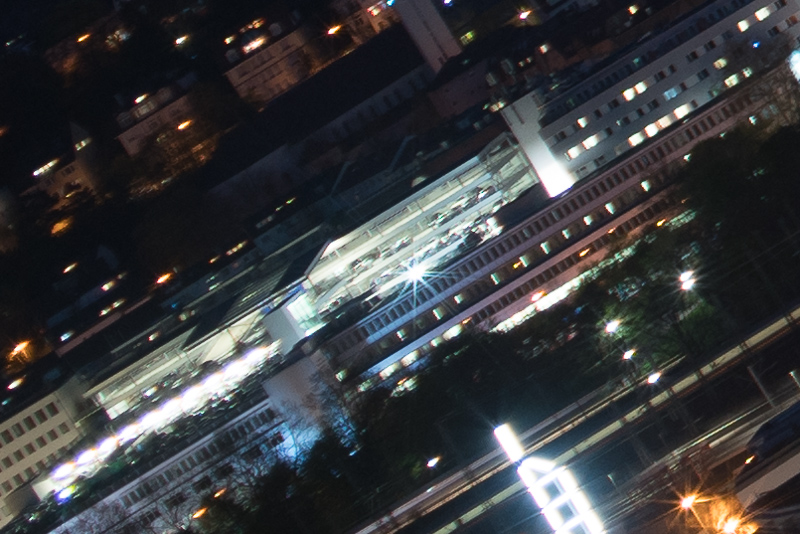
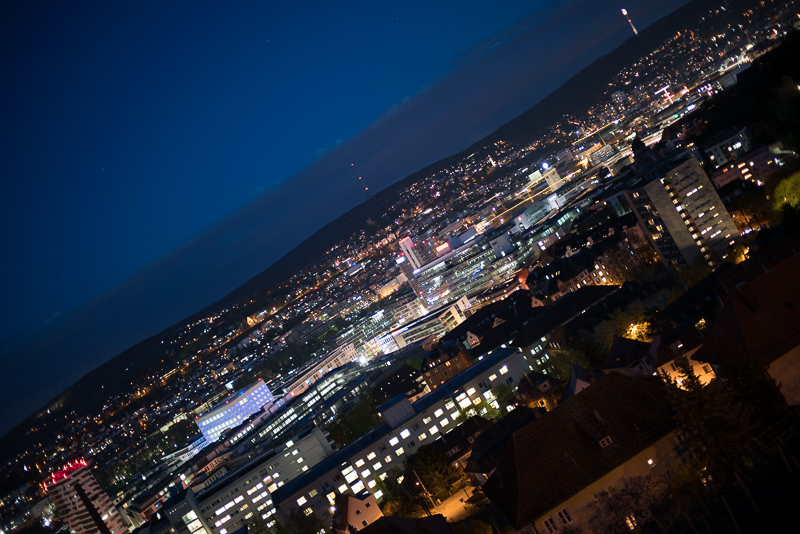

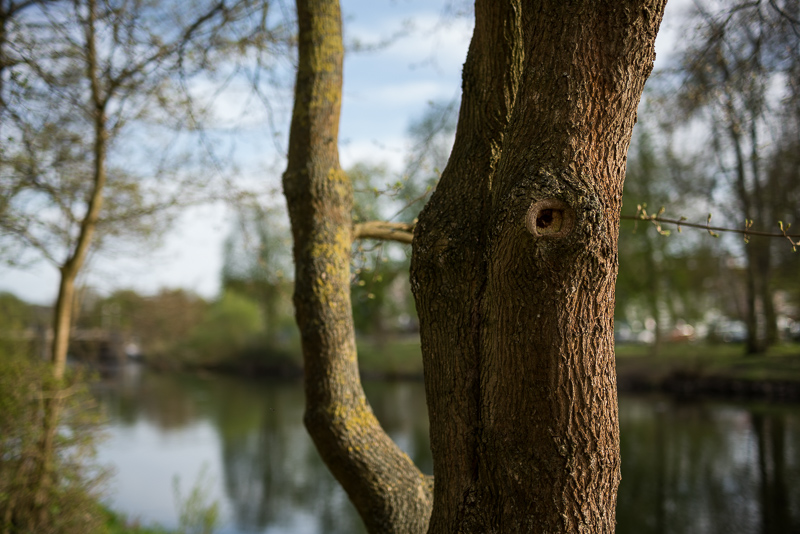
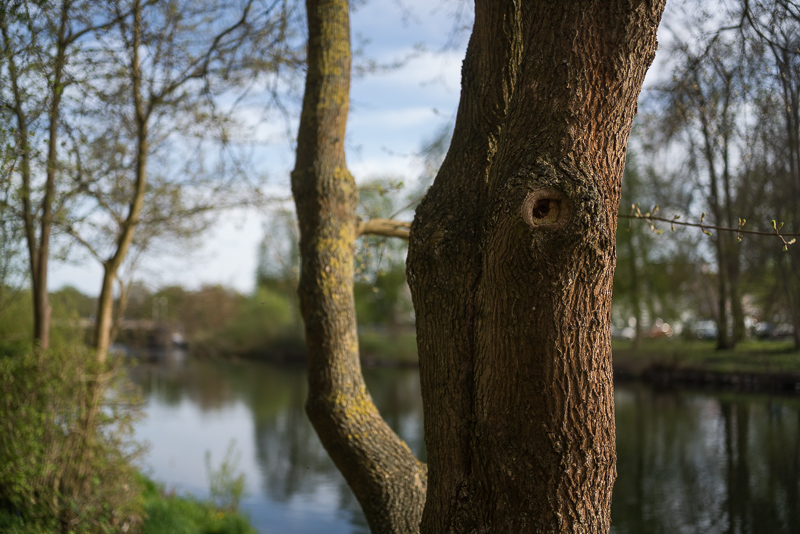
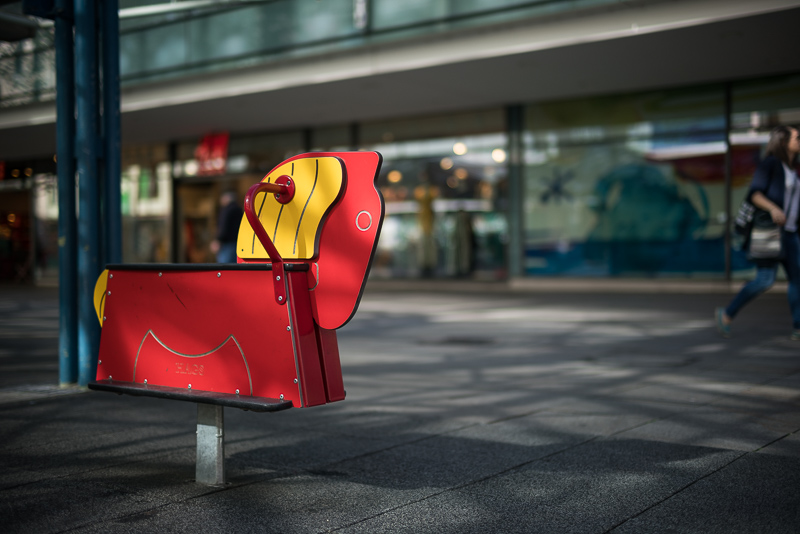
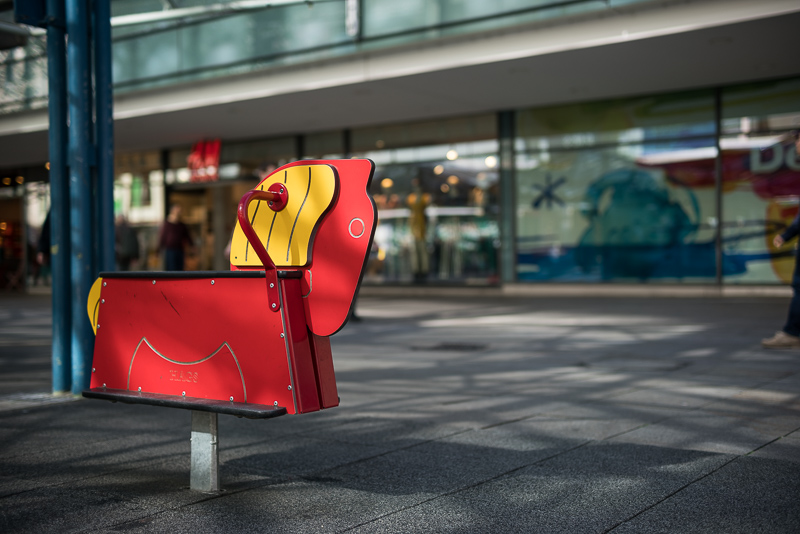
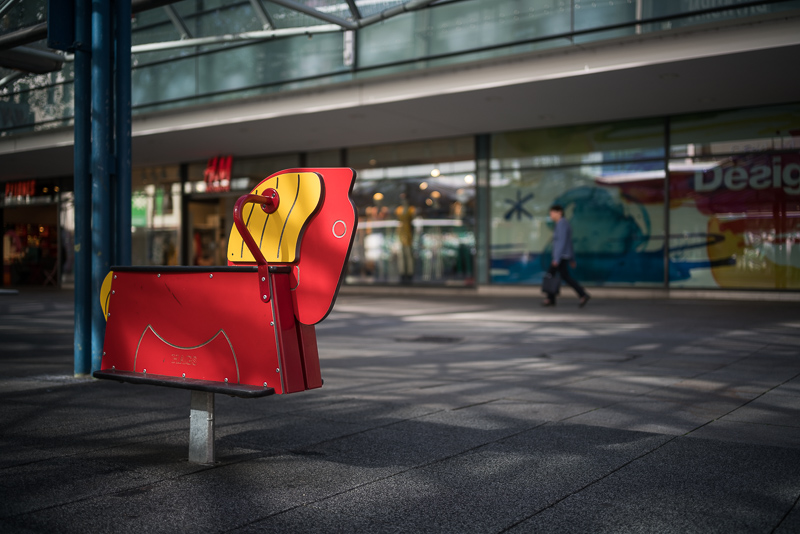
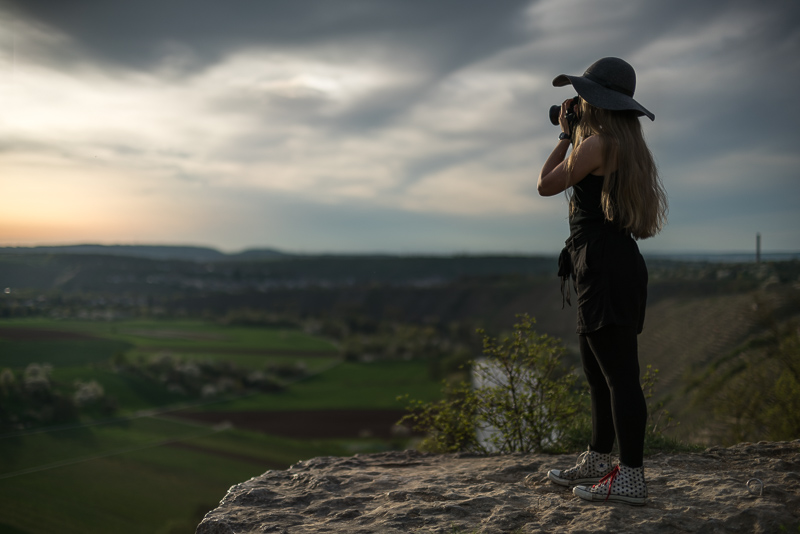
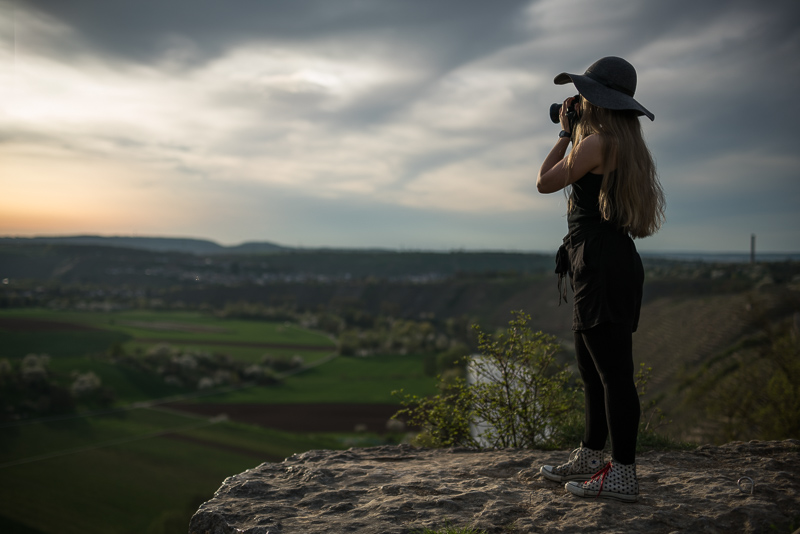
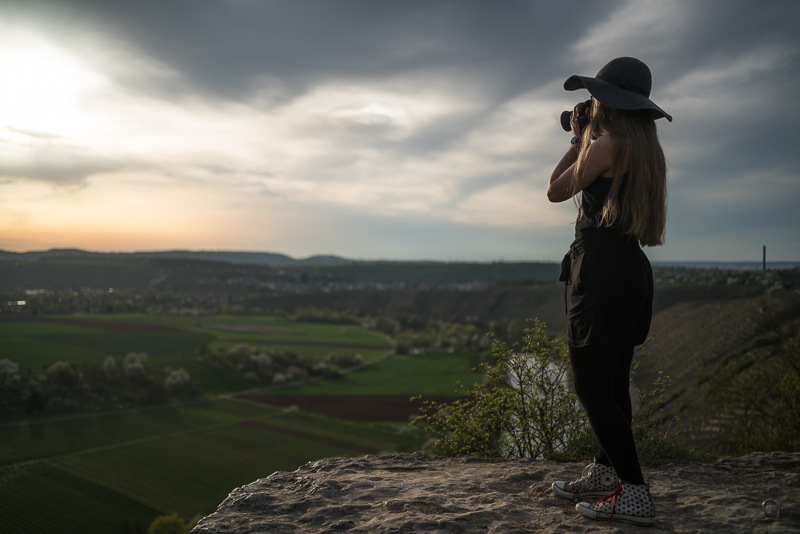


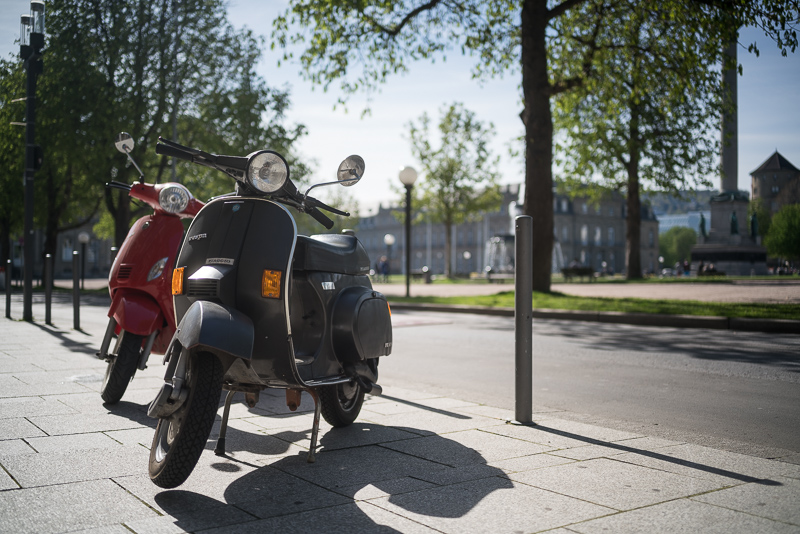
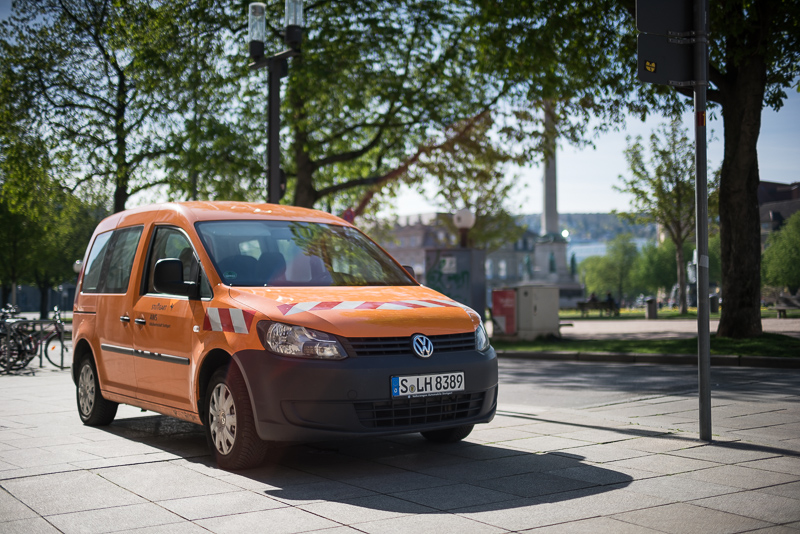
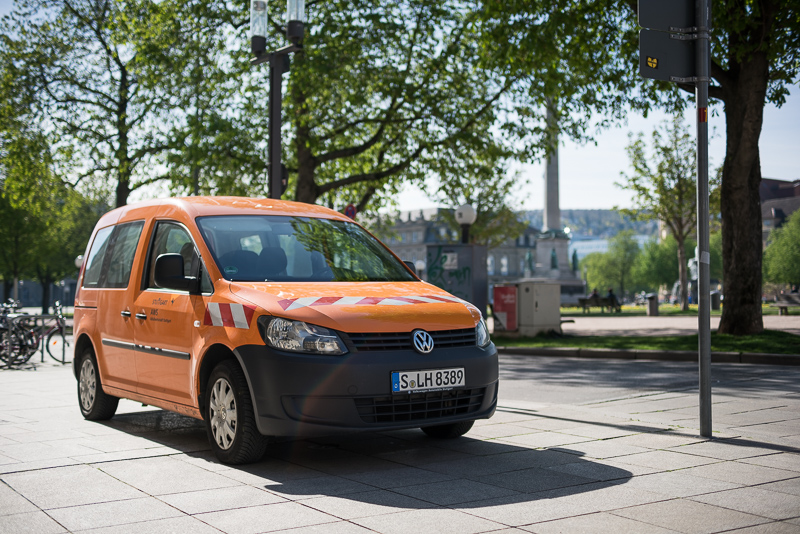
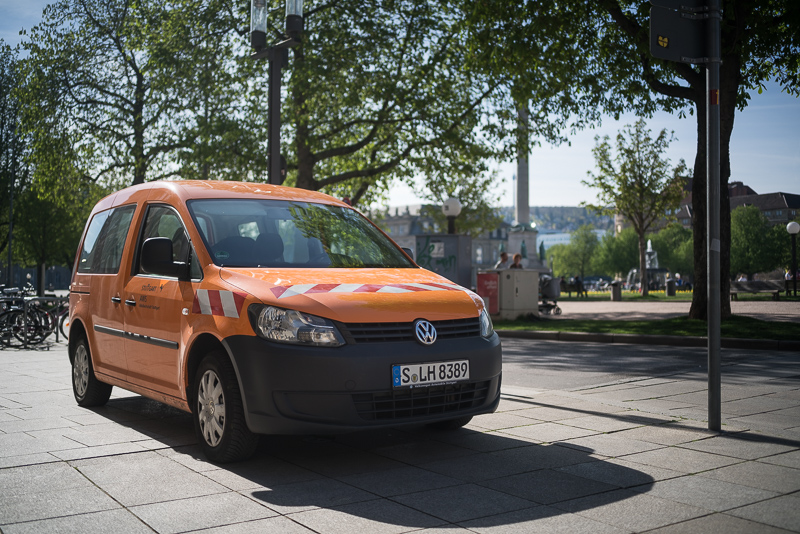
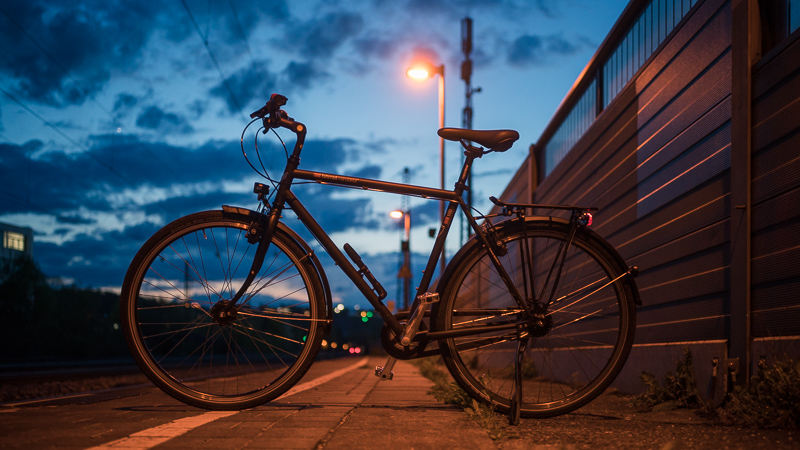
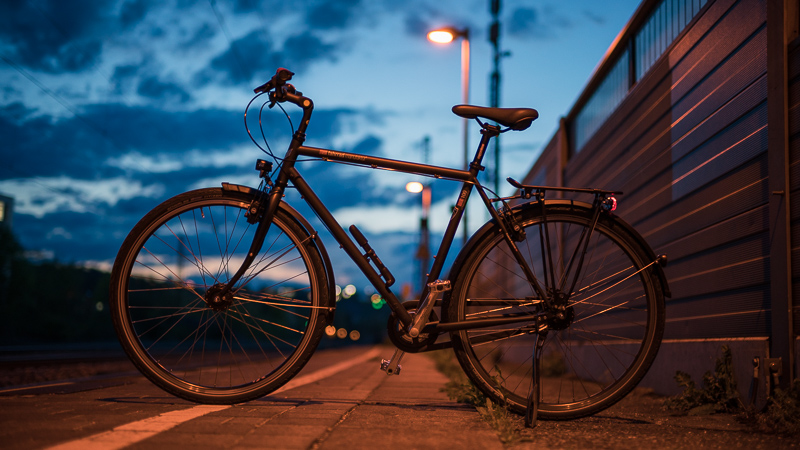
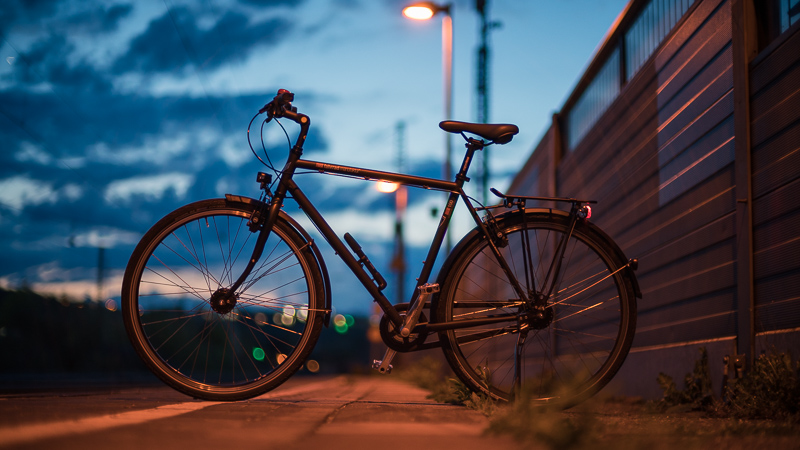
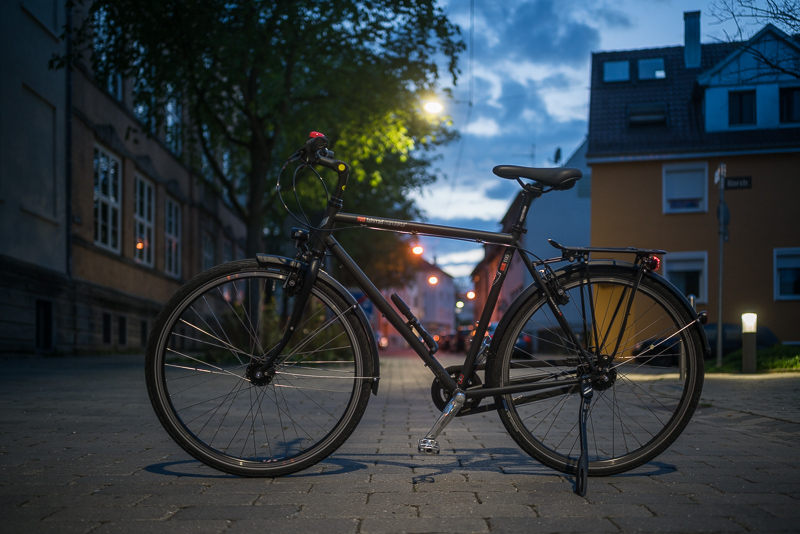
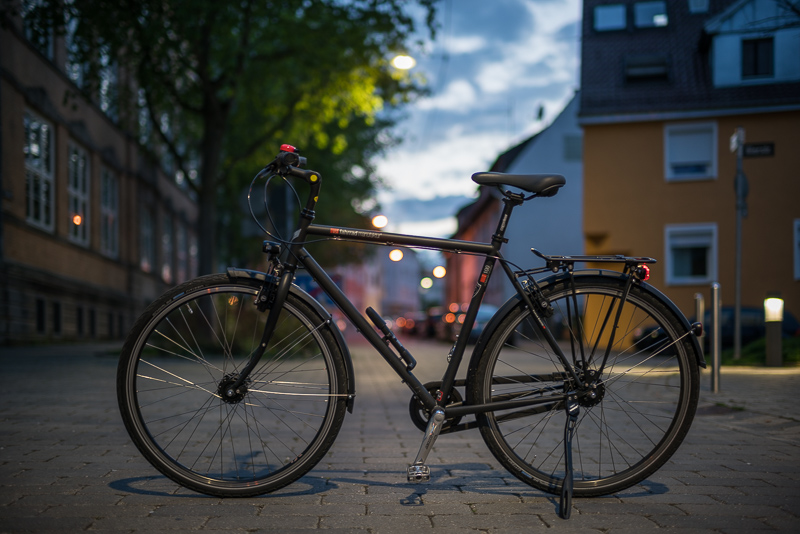
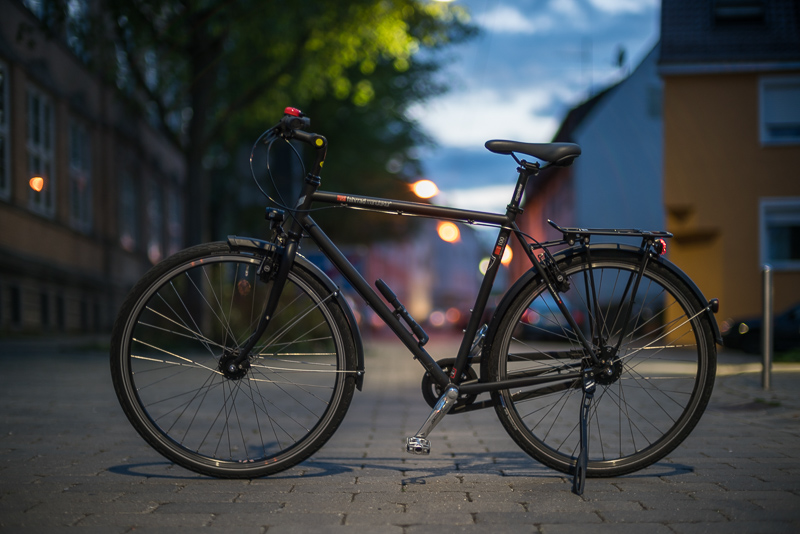
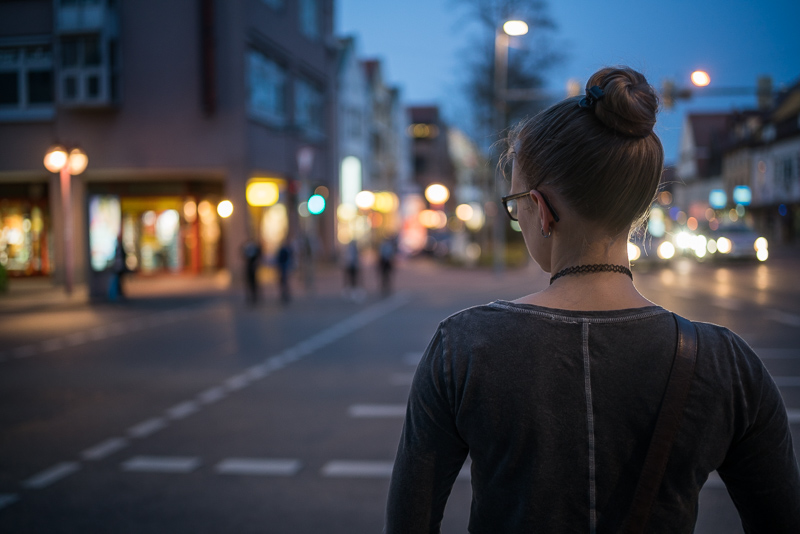

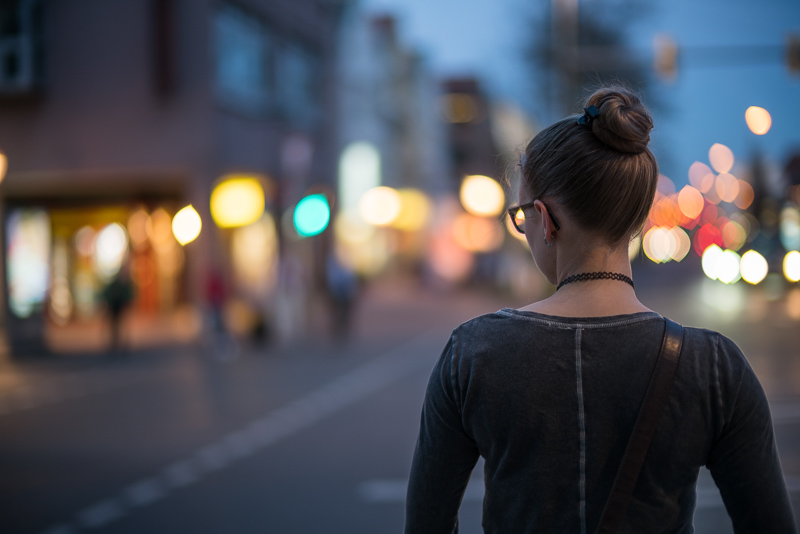
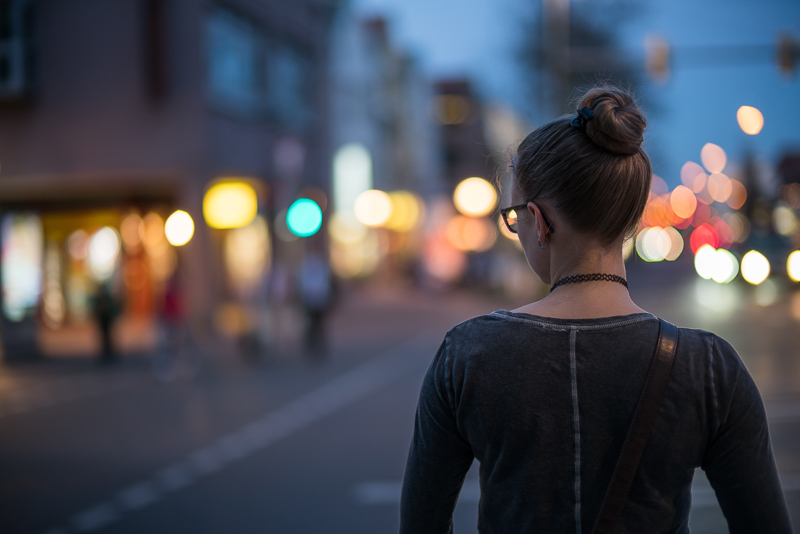
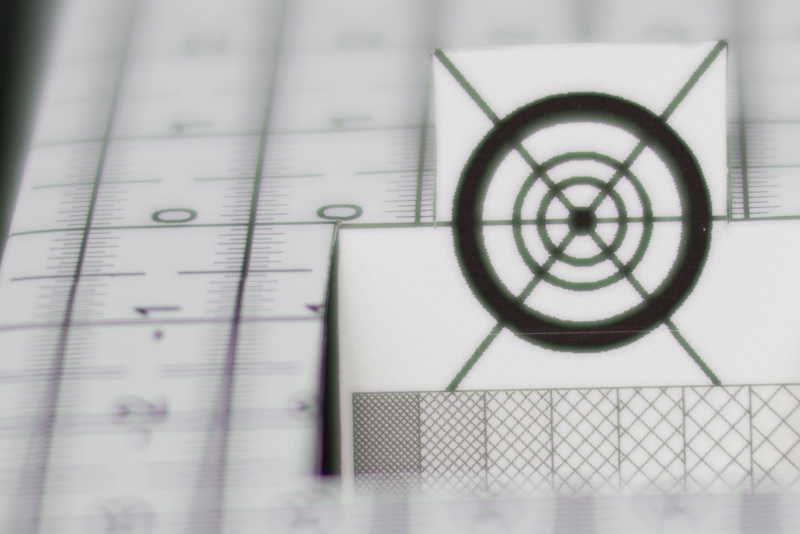
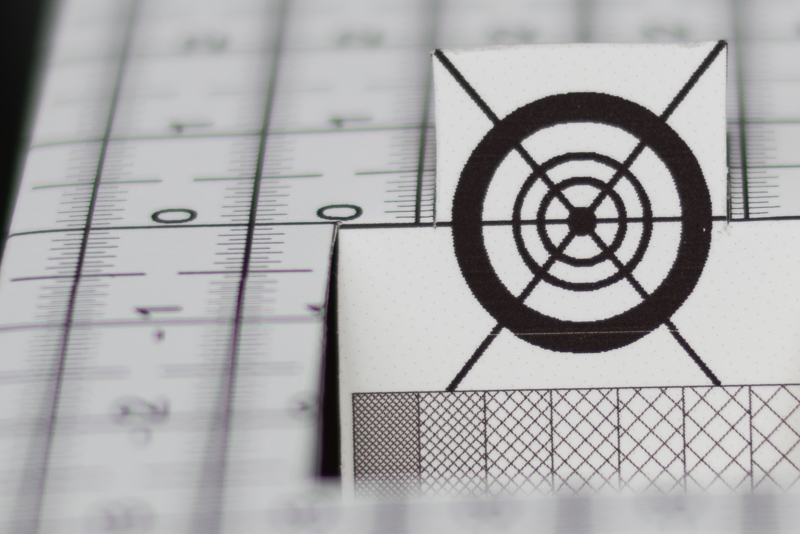

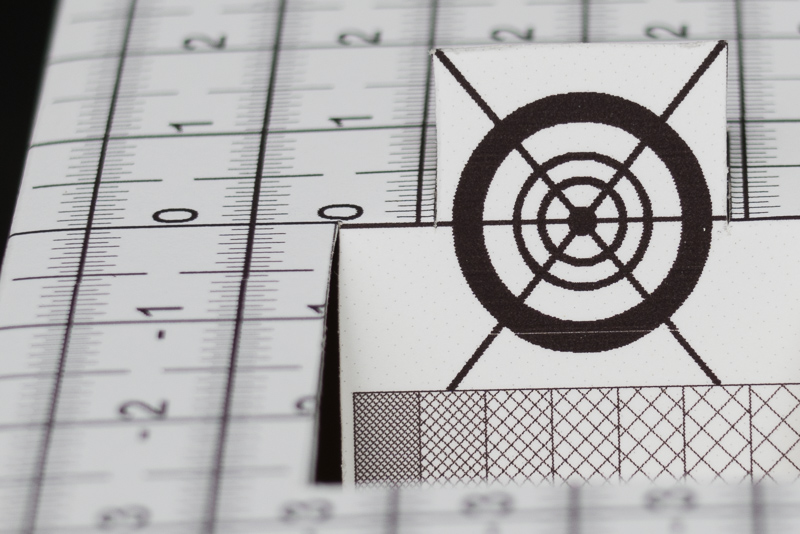
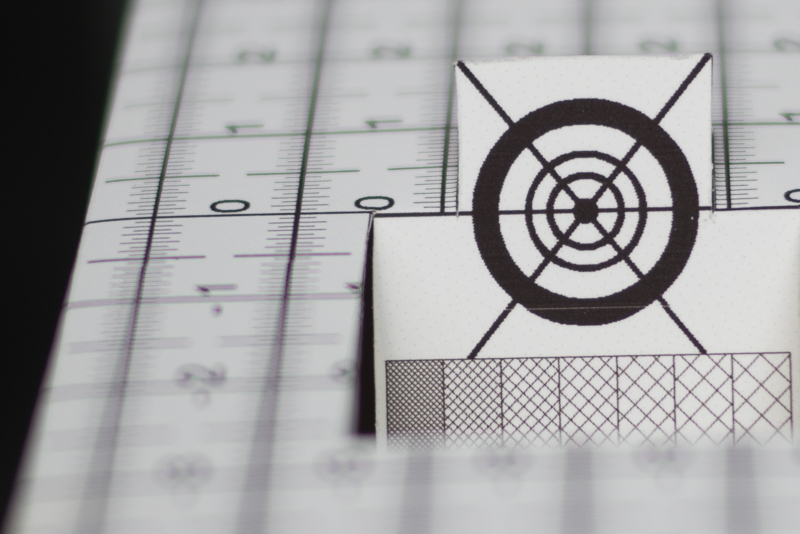
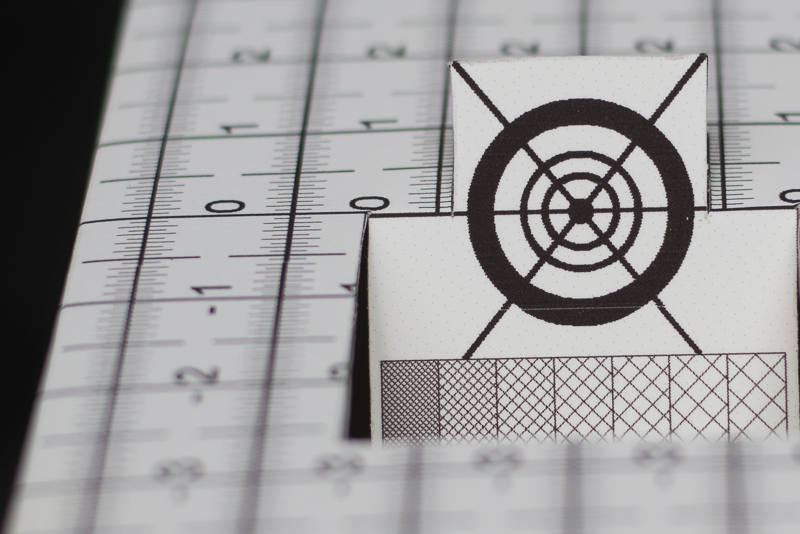
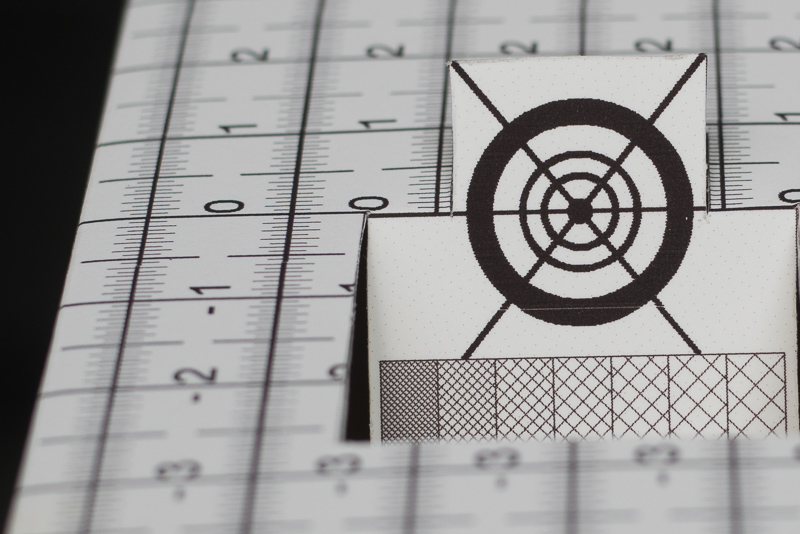
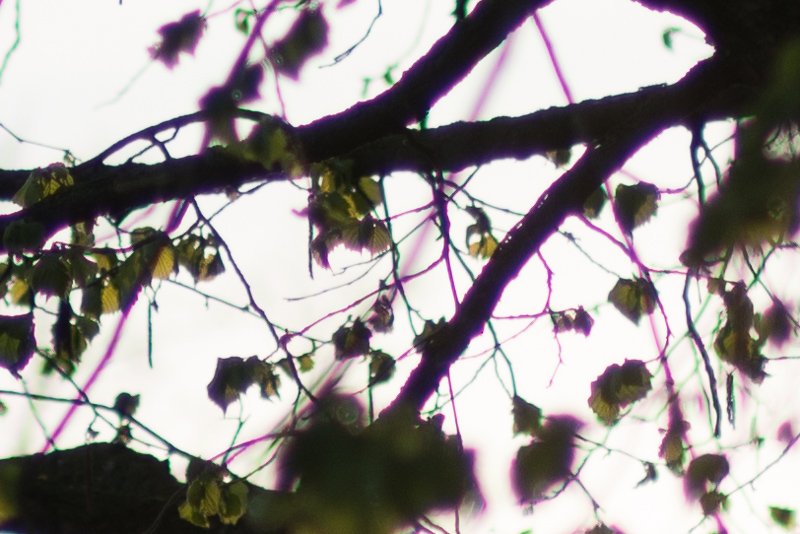
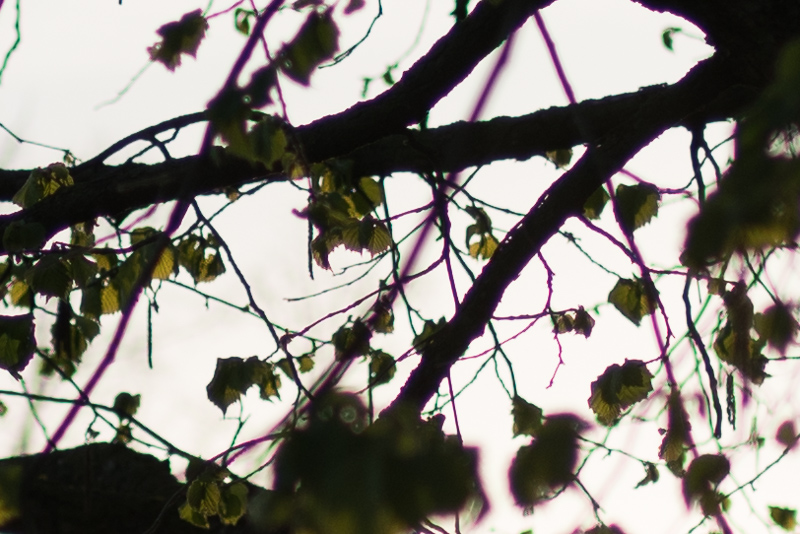
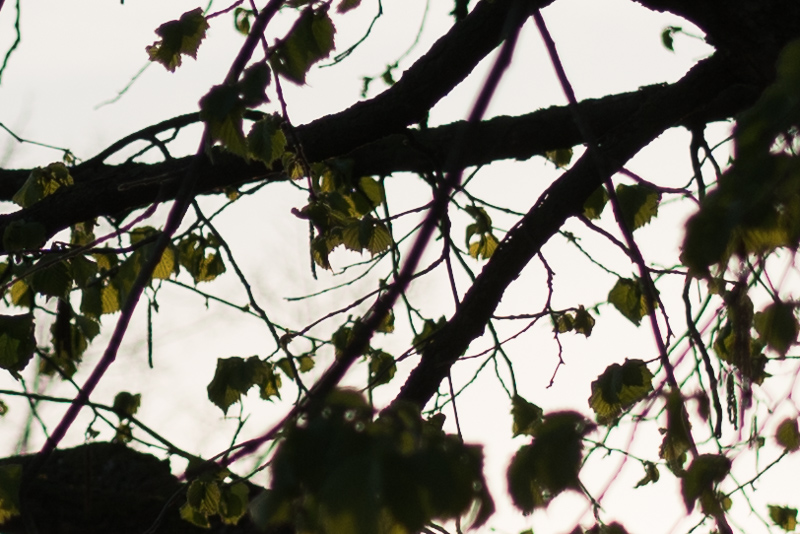
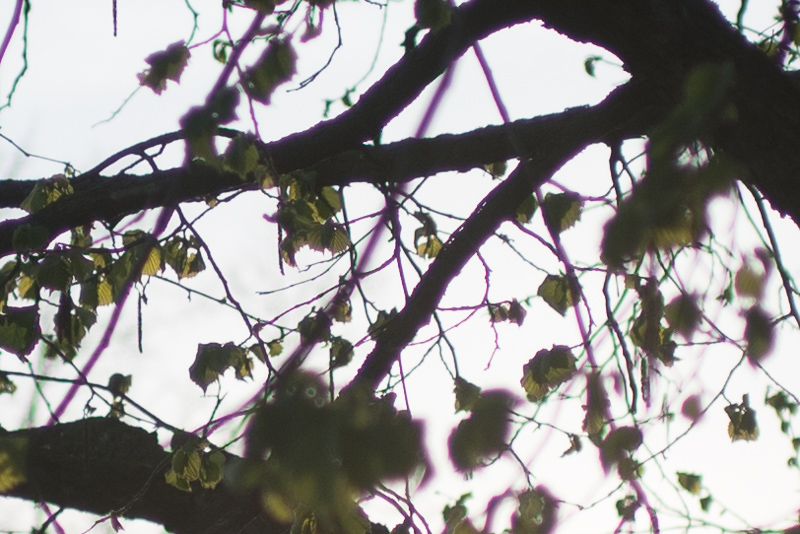

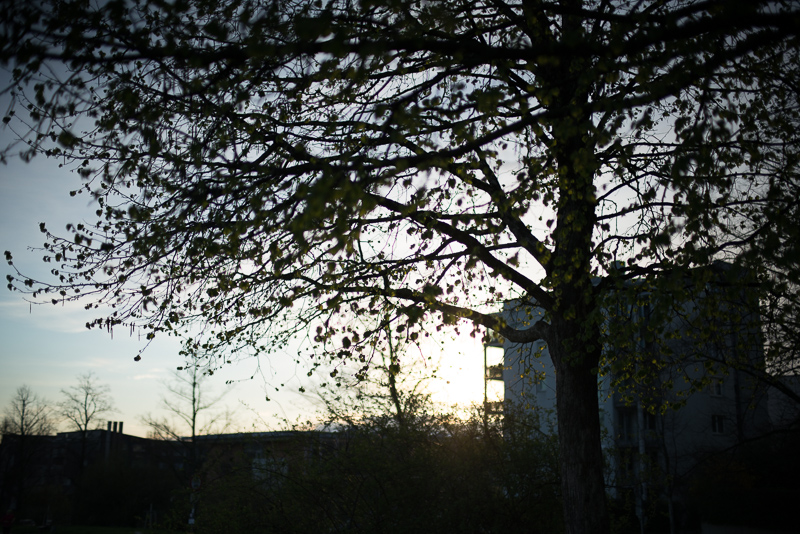
Thanks so much for this detailed review Bastian! I’d buy Voigtlander 35mm 1.7 VM but the trouble of self-making the PCX filter stops me. From your experience how does Voigtlander 35mm 1.7 VM compare to Loxia 2/35?
They were both included in my 35mm comparison.
The Loxia is really good at f/8 for landscape/architecture, but the Voigtlander 35mm 1.7 is better for everything else.
Thank you for these additional details!
Where did you get the pcx 5m filter?
I’m having trouble finding one for my 35mm/1.7.
Keep up the great work!
Here: https://europe.optosigma.com/bk7-24644.html/
Alternatively you can go to the german distributor laser2000.de
I bought a used voigtlander plus an already made filter, but when I put it on the vm vlose focus adaptor it doesn’t reach infinity.
any idea why?
Yes, have a look at this article.
You need a shorter adapter, it won’t work with the VM-E close focus.
The K&F adapter worked for most people.
CV needs an adapter. Has 50cm MFD so needs more expensive helicoid… Has no electronics so no exif, problems with IBIS, no focus magnification. Has no sealing. Needs fancy filter. Has no sunshade in a set. No decklick.
Similar optical performance but less contrast.
Loxia is a great lens, maybe not as perfect as the rest of its family but it’s a native option and gives everything that is available in modern lenses and enables to use full potential of the camera (of course with manual lens;) ).
lol, any M mount lens has AF on E with an adapter, while the Loxia is the worst of both worlds. No AF and no chance of AF, much larger and heavier than the M mount version, mediocre speed and performance.
The CV is faster (and yet lighter with a regular helicoid, or generally on par, with AF adapter), sharper, supports AF. There’s no “problem” with IBIS, only manual selection during lens change, auto focus magnification is a total headache with anything not entirely still or you lose your framing trying to catch your subject with a tiny crop of the frame, I never use it, nor have I any use for EXIF.
A cold, objective analysis for tools that essentially help something subjective come to life, art.
An artist decides how best to express him/her, so all of sharpness, perfect bokeh, onion rings, flare talk has no bearing indeed. A perfect lens is often boring to shoot, and i love character lenses. I found your reviews of 35/1.4 classic and 40/1.4 a bit too clinical. A bit like photozone.de which rates fast lenses low because of corner performance:)
There us no holy grail in what essentially is a subjective art form. You express yourself.
That is the whole point of the review, to make it as objective as possible, because each of us look for different things and rate differently.
For me what shocked the most in this review the distortion difference between the two lenses “Scene 5 ” – orange VW Caddy shot – what the difference in proportions :O Never thought it would be such big difference.
Well, my taste in lenses is different from Bastian’s which is different from yours and it would be of little use if we provided nothing but a few nice pictures and some comment on how well we liked a lens. Instead we try to provide you with a good basis to make an informed decision based on your own preferences.
For the same reason we don’t provide a rating, this would be highly dependent on what the lens is used for.
Point taken. Thanks.
That’s why I love your long-term reviews. You have months and years to learn how to make use of that lens and have a ton of different images to show what a capable photographer can do with it – and what not.
And maybe some character lenses need a different format or additional chapters.
I was thinking of Bastian’s (?) Jupiter-9 review (?) or of the 50/0.95. Those were shitty lenses by comparison – and he showed that, and later said “Just ignore that. See what I did with it.”
There are certain lenses which may suffer from certain flaws but still bring something to the table which makes them worthwhile (outstanding bokeh in terms of the 0.95/50 and good bokeh / small size and price in terms of the Jupiter-9).
Nevertheless there are certain dealbreakers: while I can work with not so great flare resistance in a portrait lens I can’t have that in a landscape lens (this is why I am not interested in any Tokina lens or any Irix lens until they up their game) in the same way I can’t have distracting bokeh in a lens for portraiture or reportage.
The Voigtlander 35mm 1.4 Classic is a very good example, maybe someone likes its “character”, that is possible, he will get that out of my review.
Personally I did some pro bono reportage work with the review sample. If I had paying customers I would have been deeply embarassed by the results I get from this lens (actually I already was, even though I did not get paid and so had no obligations).
I can’t have overly distracting bokeh, honestly I don’t see how this can be good or nice. Maybe for flowers it is nice, as are (apparently) all those Trioplan rip offs.
… or wide open performance on a landscape lens.
And then there’re lenses where’s nothing good or have a major deal breaking flaw. That’s good to point out. And you often do this.
I’m not talking about this particular comparison or these lenses, but the idea/remark to character lenses in general.
Another idea is to revisit reviews again if your opinion changed. Or what gear you kept and which you dropped over time for certain reasons.
Just a few days ago we discussed also writing an article which will cover something like “the 3 lenses we would keep”, which is intended to go in that direction.
Apart from that I also try to revisit the reviews of lenses that I have personally used over time (already did this for 5.6/10, 2.8/21, 2.0/35 and 2.4/85), but obviously this is not possible for every lens.
Regarding character lenses: there will be more. I am currently looking at 2 to 3 projector lenses and will also try to have a look at the Nikon 1.4/58.
This criticism is fir these reviews. Otherwise i am a fan of you guys and your work.
I wonder what will happen if you compare those lenses to the Samyang 35 1.2 🙂
Its APSC lens 🙂
Nice and useful review,thank you. I will stick to my loxia 35.
Was wandering if you ever tested or will test in the future the voigtlander heliar 40 2.8 collapsible lens. Quite cheap and maybe even optically good. Would be very interested (and maybe others too) to see a review of yours on the lens.
Regards,Nicola
David owns one so the chance isn’t small 😉
Like Phillip says, I have one so the time may come!
But I can give you spoilers.
Nice contrasty lens, good sunstars, very small.
Nice bokeh (but not a ton of quantity of course being. F2.8)
Extreme corners not as good as any of these other lenses we are comparing here, which may be limiting for landscape.
Thanks for another great comparision. Not going deep in technical aspects I really love Voigtländer lenses, especially the Heliar 40 mm f2,8. Some of my most loved shots I got with the Heliar. I love it‘s colors, built and handling also the contrast and the „Steam-Punk-Look“. It fits perfect to my A7.
@nandadevieast why do you read reviews if they don’t matter to you? If you don’t like these kinds of reviews, just don’t read them. Bastian offers these for free and we are grateful to the team’s wonderful work. Thank you guys!
I ordered the 40mm 1.2 last Friday. Wondering if that was a hasty decision? That coma performance in this article threw me off. Should have borrowed and tried first, after all $1100 is a lot! 🙁 Lets see
The other lens that I was considering is the zeiss distagon 35 f2 ZF.2. Had heard a lot about that ‘zeiss 3d look’ for this lens, but got the 40 since it was available in native e mount and less bulkier. You guys ever tried that 35?
It is said to be a nice lens, but because of the bulk connected to it I didn’t yet try it.
Received the 40mm 1.2 lens couple of weeks back but got to try it yesterday only. Was not mind blown, has it flaws but I am loving the rendering from it. Yes will have a love hate relationship for sometime, but I have a feeling already that with time I may pretty well fall in love with the lens. You guys are doing an excellent job. Kudos
Thank you for the feedback 🙂
Wishing lots of fun with the lens!
Thank you very much, excellent comparison.
I have the Voigtlander 40mm for Leica M and it performs very good I would like to use it on sony A7RII do you think the performance will be better by using the 5m PCX filter and where I can buy this filter.
Thanks again
It is possible, but I don’t know of anyone who has already tried.
You can find all the information on these filters in this article.
Thnak you ?
Likely won’t work. Tried a 1500mm PCX, which is too strong. Also tried a very thin filter mod. Problem with both is lens seems to have a hard infinity stop and anything past 15’ or so is out of the question. Don’t have the gumption currently to tear it apart for shims, especially since several recent Voigtlander haven’t.
So we’re all waiting for the Ultron series to arrive for e mount. What is Voigtländer waiting for?
I still wonder whether there might be a hidden agreement with Zeiss not to produce lenses with same focal length which are faster than the Loxias.
This would explain why there is no 35mm 1.7 for E-mount (Loxia 2/35), why the 50mm 1.2 has not been announced for E-mount (Loxia 2/50) but it is still possible to make a 3.5/21mm.
The Classic 1.4/35, I am sure Zeiss does not consider it competition even for the Loxia 35 so Voigtlander might got away with it.
I have no sources or secret intel to back this up, just a hunch.
I don’t think so. It’s more business priorities, costs of R&D and opportunities.
The 35/1.4 classic was certainly a cheap adaptation and a test balloon how the Sony crowd receives such rendering. After all, old, vintage lenses are a thing with mirrorless. And there’s obviously the Loxia line. Everyone who’s interested in a modern E mount MF lens has the Loxia. How likely is it that they switch?
If done right, a modern Ultron or Nokton likely will need more adjustments, hence more expensive and time consuming to create.
Thank you very much. Interesting, but rather complicated with the filter…
And then what about the lens in the time…
Lensrentals had some doubt about Voigtlander lenses, as it is almost impossible to find repair parts…, but perhaps you don’t need those as the durability is good?
Well, my 35mm 1.7 developed a wobbly front tube so I had to send it in for repair.
Apparently all lenses have to go to Japan for repair and as of today I am already waiting 6 weeks.
This situation is totally unacceptable, especially for professional work.
(The lens in this comparison is Phillip’s. He was so kind to send me his, as I needed a 35mm for a wedding. In the end I also took care of this comparison, which he wanted to to in the first place)
I just discovered mine also got a wobbly front part, tried the googleit function ? and all I could find was this old thread for the older LTM version nothing on the 2015 VM version?
https://www.photo.net/discuss/threads/35-1-7-ultron-its-fixed.91781/
Anyone has any idea if I can fix it myself like it is described in the link about the old version? ?
I am kinda mad at myself for purchasing used of a forum… ?
cheers, A.
For me it was the new one, today I got a shipment notification after almost two months 🙁
that is a long wait, hopefully this notification doesn’t mean it only just left Japan as this could mean another 2-3weeks of waiting… ?
And yes I have also got the new one that is why I am asking if the fix could be made in the same way as for the older version in my link, because I can’t find any info on the new vm version having this issue and a possible fix…
My problem is also there is no CV distributor in my country to contact , and I bougth it used from a guy from Austria – have to check with him if there could be any warranty left…
hope you get yours back soon, it is a gem of a lens and a joy to use… ?
cheers, A.
I’ve never seen the Minolta Rokkor M 40mm f/2 used as a comparative lens. I have this lens, and use it occasional on my a7r, mostly close range indoors. I like it’s small size, and open aperture character.
The lens, along with it’s twin, the Leica 40mm f/2 Summicron are generally well regarded lenses. I do find flare a problem with this lens, but only encounter it outdoors, with a strong light source.
It would be nice edit comments (and correct the several errors I made). I wonder if Disqus has been considered as a comment platform?
Because of the upcoming EU-legislation I have considered shutting down comments all together until the legal situation is clearer. Probably won’t do it but I mention it to give you an idea why Disqus is totally out of the question since it is a nightmare as far as data protection is concerned.
Bastian,
As always, very solid and informative work! Thanks a lot!! Much appreciated.
Marc
Thanks for the comparison…
I am glad I chose the ultron even though I use it without the PCX filter and love it nonetheless 🙂
But on the other hand I am pretty sure I would loved the nokton also – especially if I think of all the great images that are posted in the nokton thread on fredmiranda… 🙂
Cheers, A.
Super helpful! I’m surprised by just how different 5mm can make in overall rendering. I really like the seperation here the 40mm allows for. With that said though, I’m going to stick with my 35mm 1.7. I just like it to much, great value and I’m also a fan of 50mm (I can get my SDOF kick I suppose at this FL instead).
This is pretty much the route I am going as well 🙂
Great comparison! You’ve been using this PCX filter for a while now. I’m wondering if has any effect on the rendering of the beautiful sunstars of the Voigtlander lenses? I hope not.
The coated PCX filter has no influence on sunstar rendering and from what I have seen so far also no influence on flare resistance 🙂
That CV 35/1.7 is really an amazing lens especially for its size. Really looking forward to Voigtlander making a native E-mount version. The only reason that stops me trying it now is the huge vignetting which is detrimental to SNR for low-light photos.
BTW I think the currently best 35mm lens for coma correction is the Canon 35/1.4L II, follows by Samyang and Sigma. Have conducted some comparison myself 😀
I have the 40 which I love but I haven’t been able to decipher the following:
What on earth are the black spots/dots on the 1.2 – 1.4 out of focus circles???? It only seems to happen on far away and properly exposed light sources.
Could it be an effect of really bad coma correction?
Thanks!! Keep up the awesome reviews!
This is probably due to the use of aspherical elements.
Have you tried Voigtlander close focus adapter with 35 Ultron?
I wonder if it is worth to replace 40 1.2 with 35 Ultron with CV close focus adapter without 5m PCA modification. Any thought on this?
Without PCX and stopped down to f8 some people are already happy with this lens’ across frame sharpness.
As I have both options available I can tell you I greatly prefer the image quality with filter compared to the ability to focus closer (unlike many other rangefinder lenses it already focuses down to 50cm instead of 70cm).
Also image quality of the 35 is not great at extended mfd, you need to stop down to at least f2.8.
Hi Bastian and the rest of the team. I’m researching my 50ish mm options and this 40mm is in the picture, except that it’s pretty expensive and quite heavy. How would you compare this to the cheaper and lighter CV 1.5 50mm? Thanks in advance, Daniël.
For most applications I can think of I would prefer the 40mm 1.2.
The only thing I actually like more about the 50mm 1.5 is the size.
Hi there,
First of thank you so much for the in-depth review. I’ve come back to this post several times but still feel torn between the two choices you compared.
You mentioned “Personally I considered replacing my VM 35mm 1.7 + 5m PCX with this lens to have full exif readout and not having to fiddle with the IBIS focal length setting.” at one point, and I was wondering with a7 II/ a7RII+ models having In-Body Image Stabilization already, why is there still a need to “fiddle” the settings? Wouldn’t having no exif readout not be an issue if the IS is done in-body? Might be a dumb question, apologies if it is.
Also, since I’m trying to settle with a 35-50mm lens as my primary lens during travel, which will consist of landscape shots day and night, subject/ object portraits on the streets, even gourmet documentary (which requires short minimum focus distance). What would be your take with the given application?
Much thanks.
With manual lenses without electronic contacts your camera does not know the focal length of the lens you are using.
So to to make use of IBIS you need to tell the camera the focal length of the lens you are using, otherwise it will be ineffective or not even work at all.
If you have only one lens (without electronic contacts) it doesn’t matter. If you are using say a 15, a 35 and a 135mm lens you have to change it frequently (or not use IBIS at all).
My choice is still the VM 35mm 1.7 + 5m PCX filter. Maximum magnification is about 1:10, should still be good enough for a plate of food. If you want to get considerably closer and have better image quality near the minimum focus distance I would get neither and might have a closer look at that new Batis 40mm 2.0.
Thank you for the reply and explanation Bastian.
Still having a hard time giving up VM 40 and its native readouts in this case. While the performance gap between VM 40 and VM 35 + filter is apparent in this analysis, seeing the photos Phillip has been posting on Flickr also is telling me the real world application difference may not be huge enough for me to endure the hassle, as I do have multiple lenses in my travel pack.
I’ll give the Batis a look as well, both the performance and used prices in different countries that I could buy from.
Hello Bastian,
Have you a link for the PCX filter? I can’t find him with your previous comments.
Many thanks
They will point you to your local distributor.
I read most of this site articles. I highly recommend and regard Phillip’s article and review. It provide very useful and essential information we really want to know. Recently I ordered VM35mm f1.7 with VM adapter. I ordered PCX 5mfrom OptoSigma. It provides impressive image as mentioned here. With less expense I could get highly acclaimed lens through this site information.